site search
online catalog
EXTENSIVE UNIFORM GROUPING AND ARCHIVE OF LIEUTENANT E.E. HEWITT, ENGINEERS, INCLUDING HIS McCLELLAN STYLE CAP WITH ENGINEER INSIGNIA
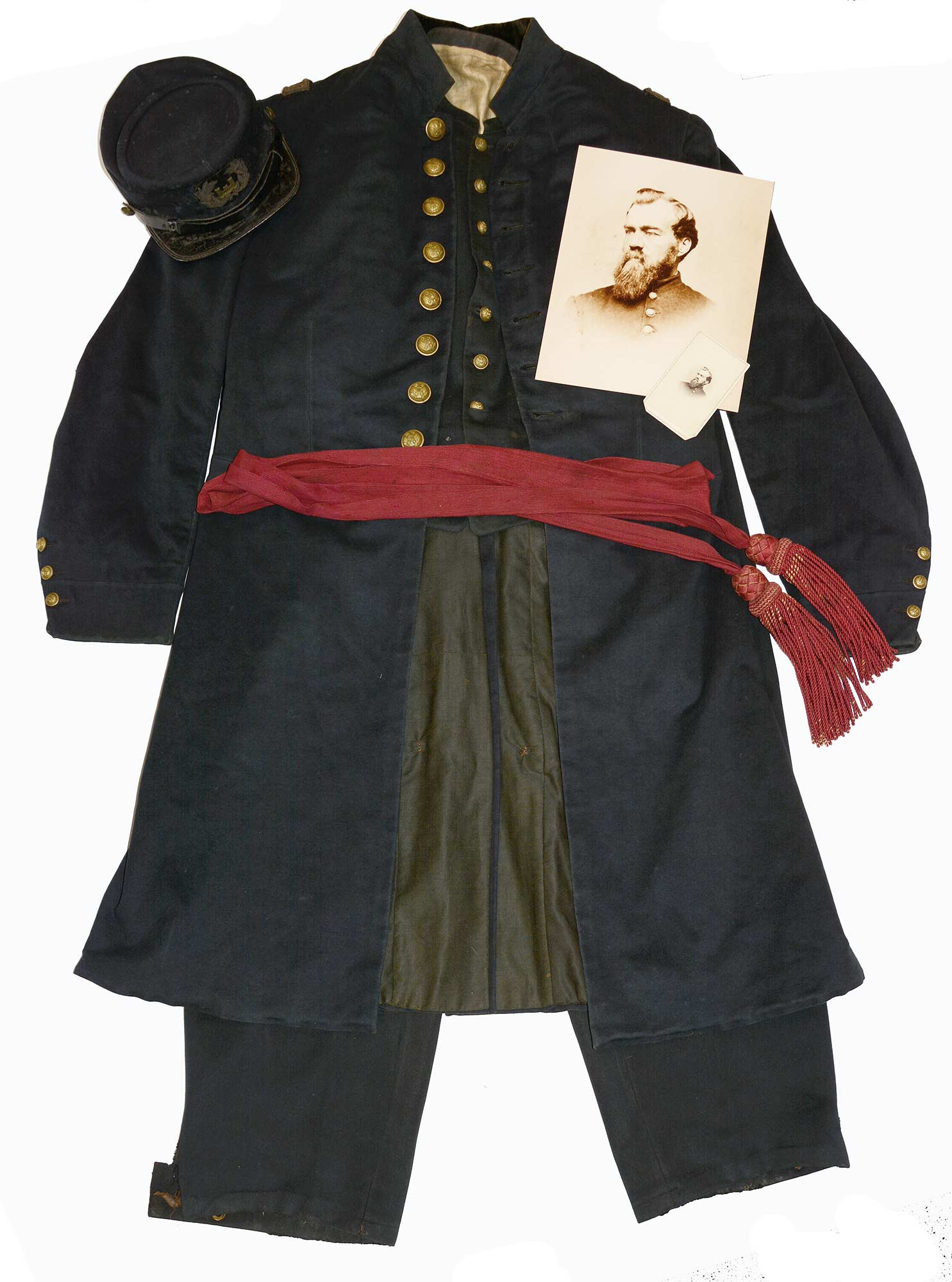
Hover to zoom

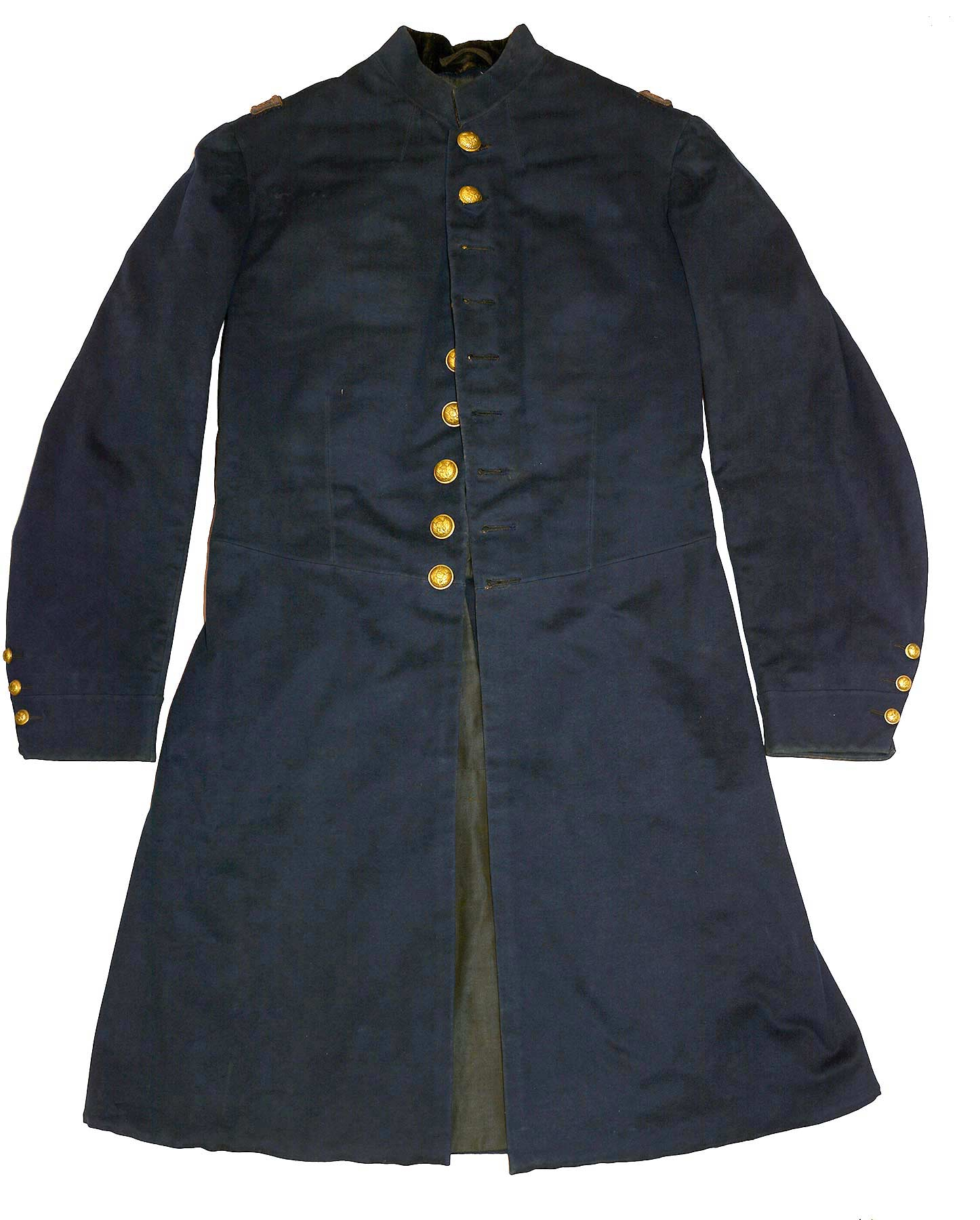
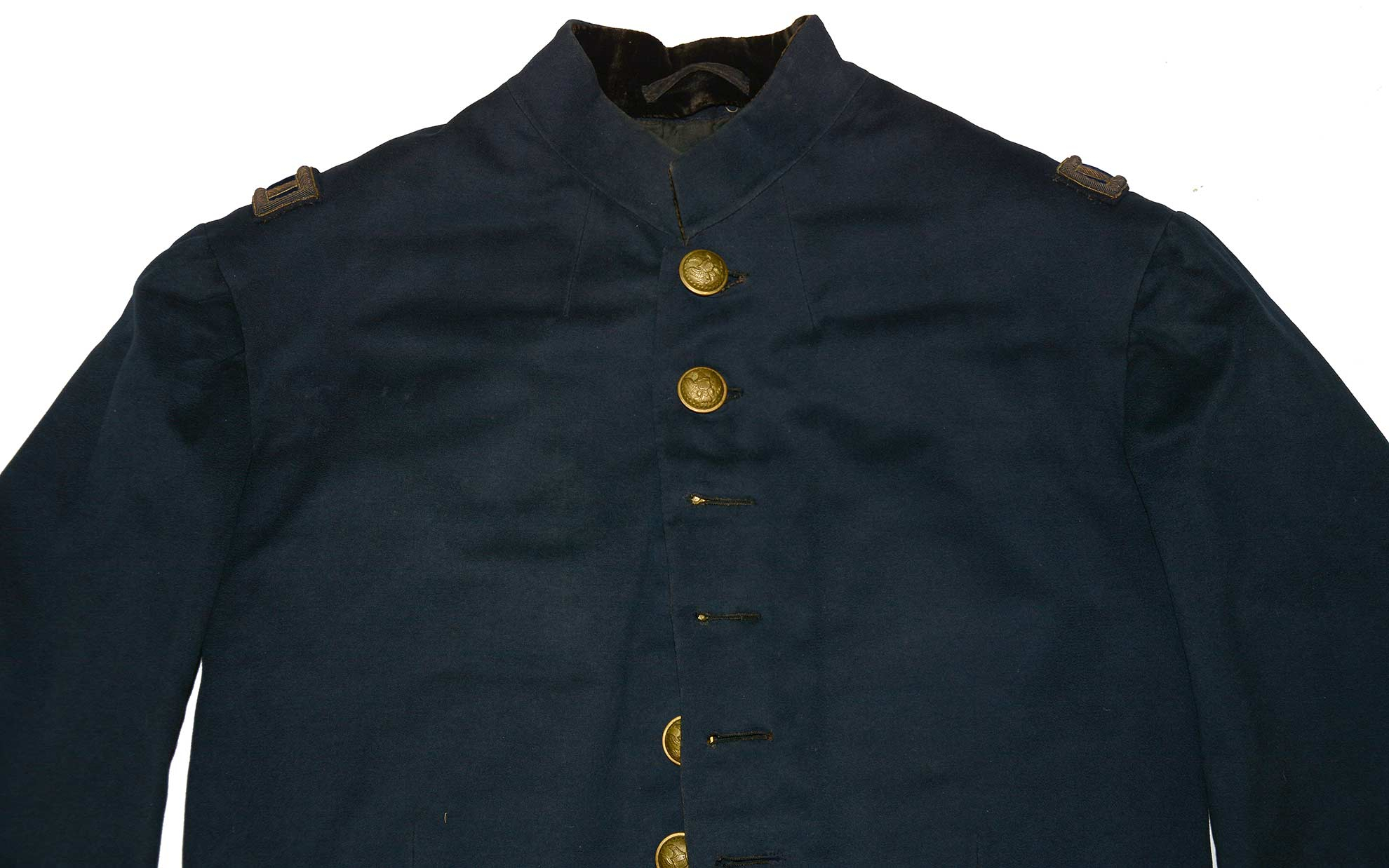

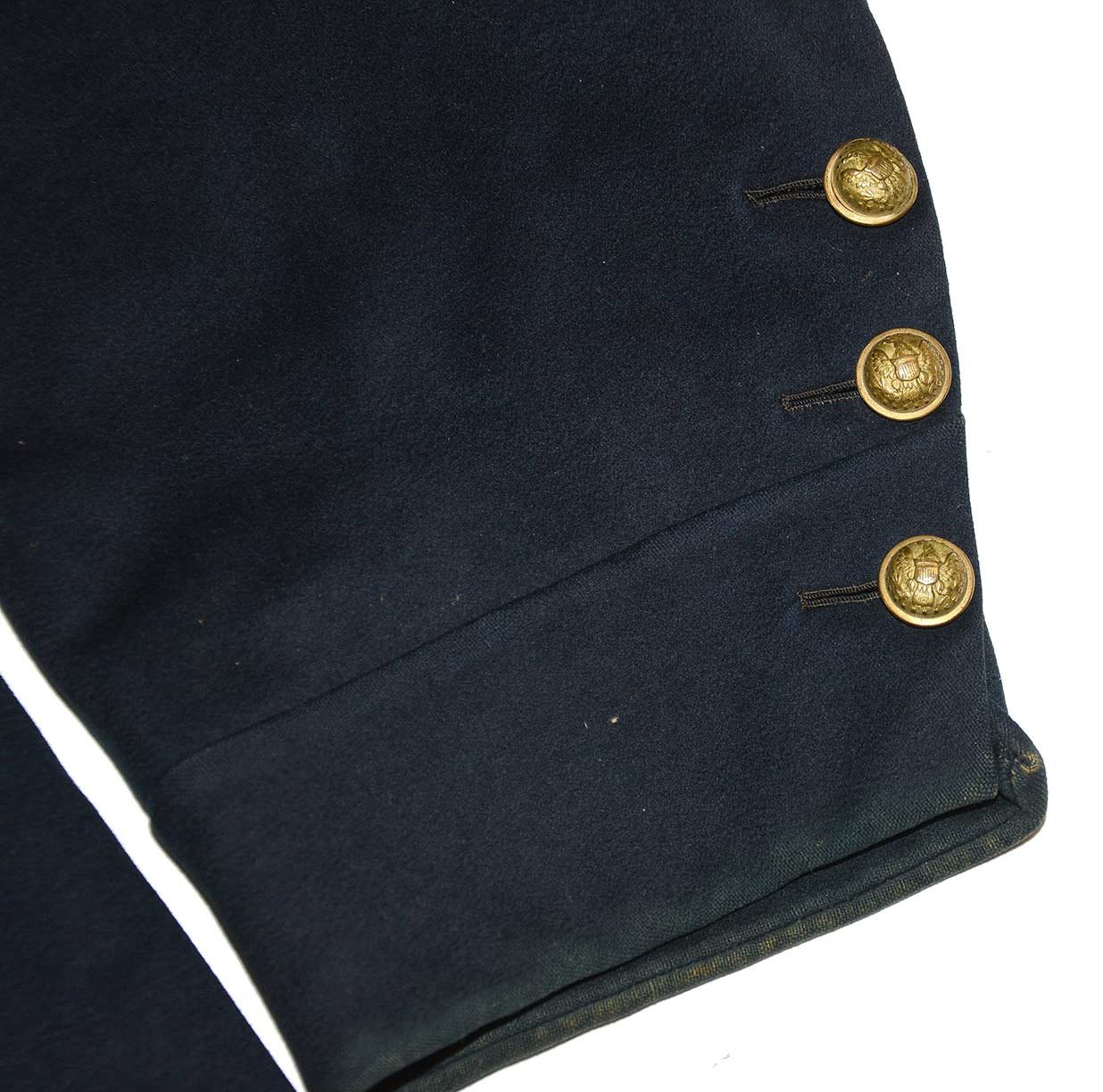
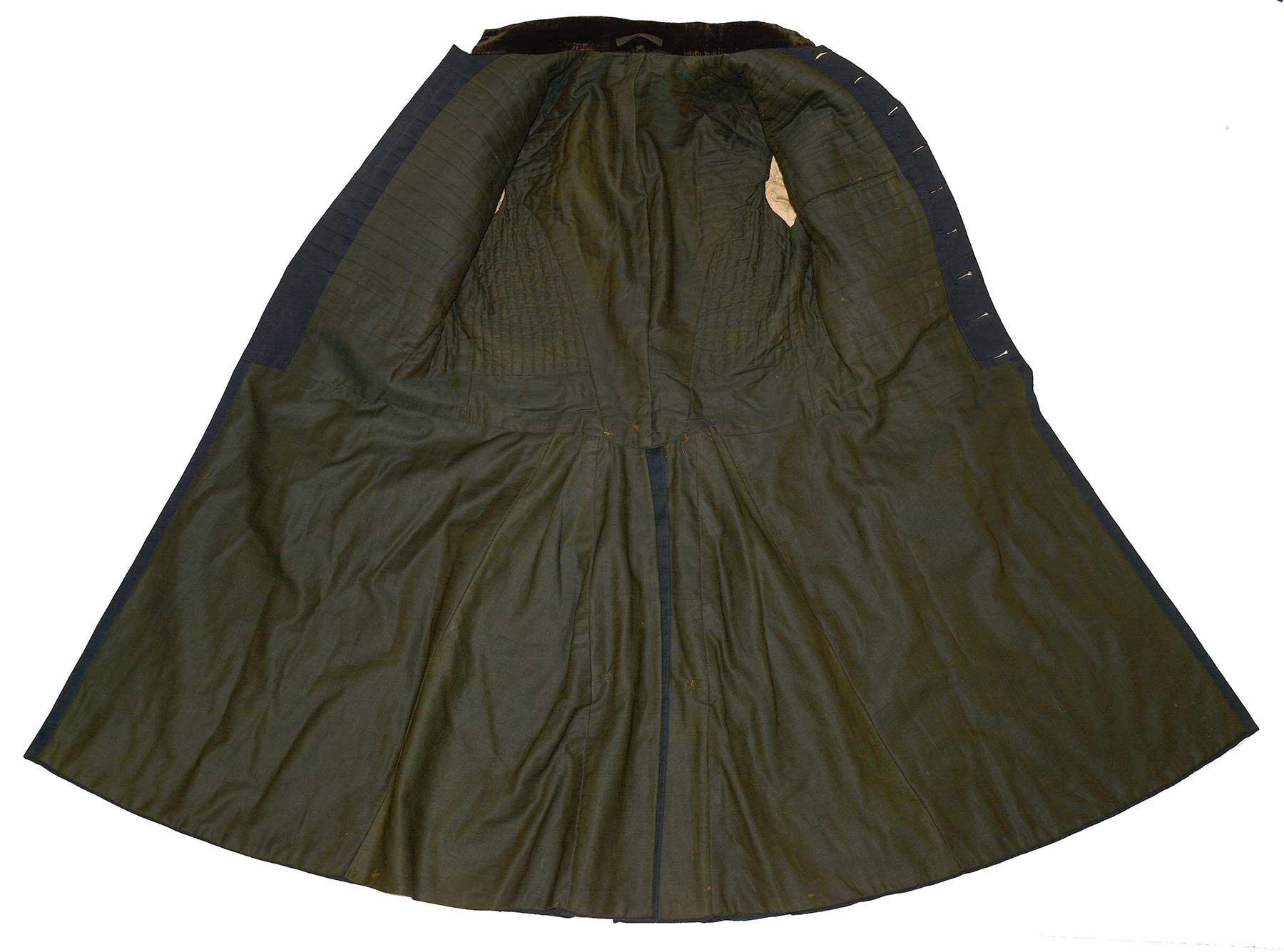
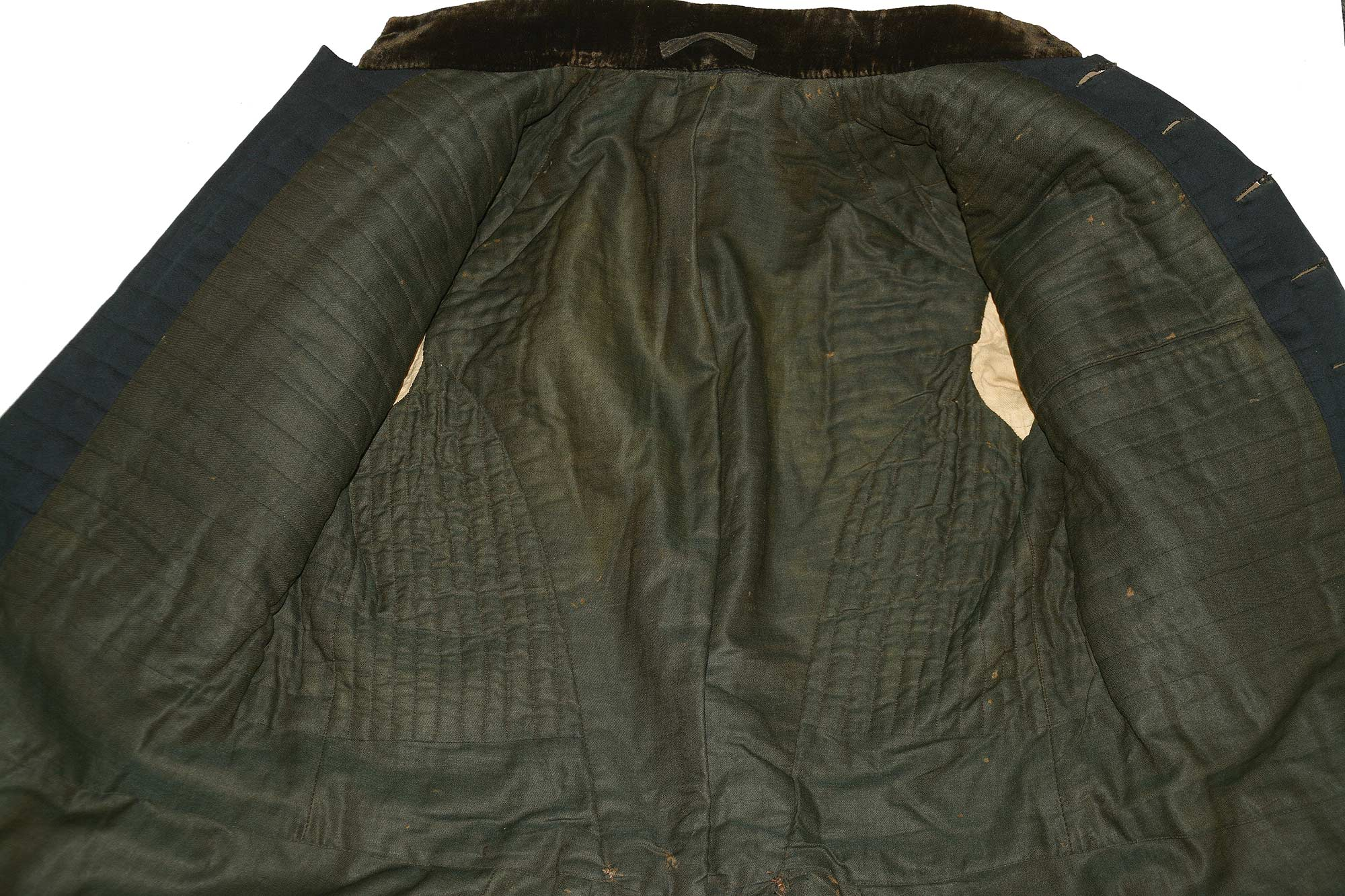

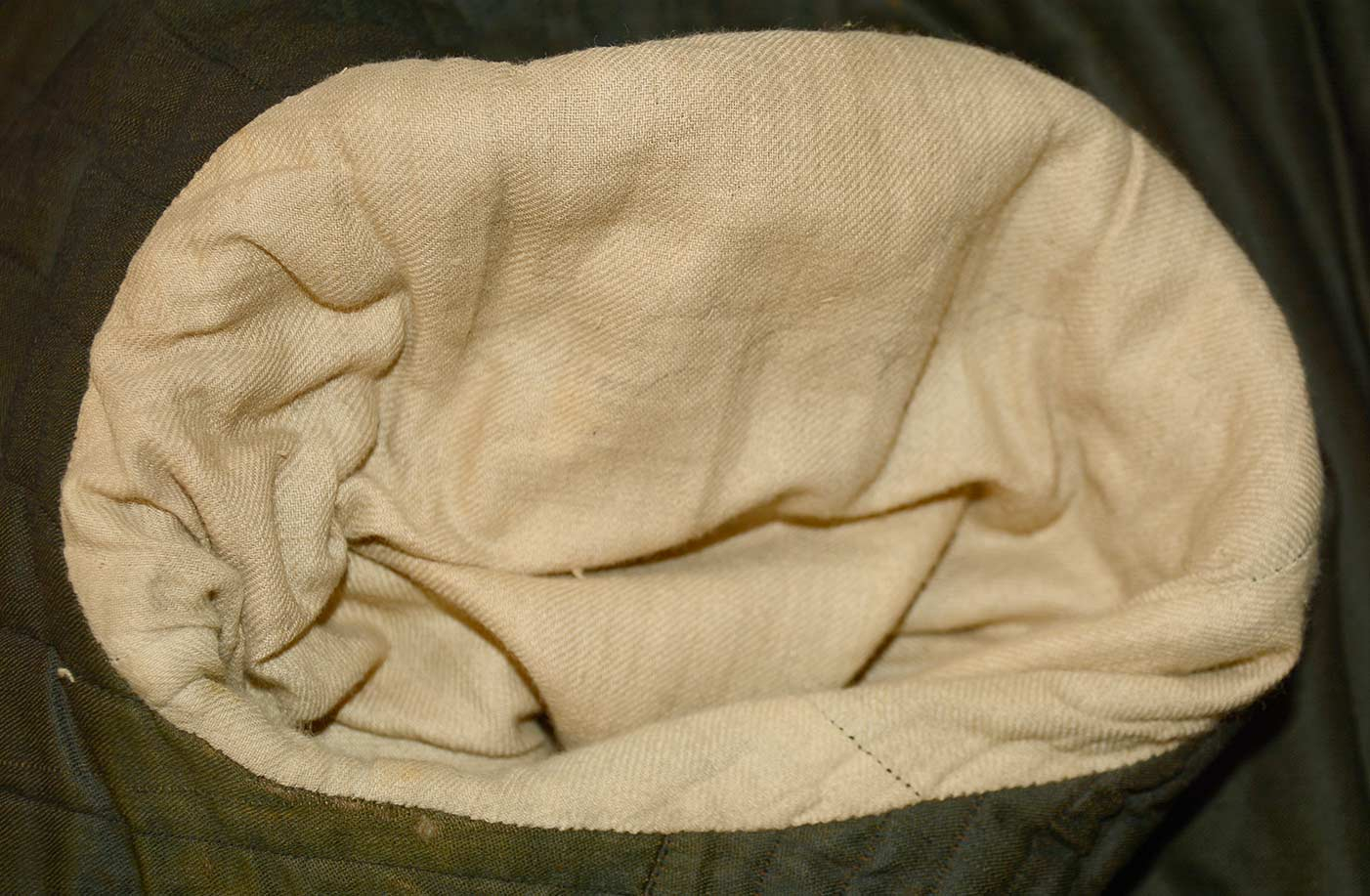
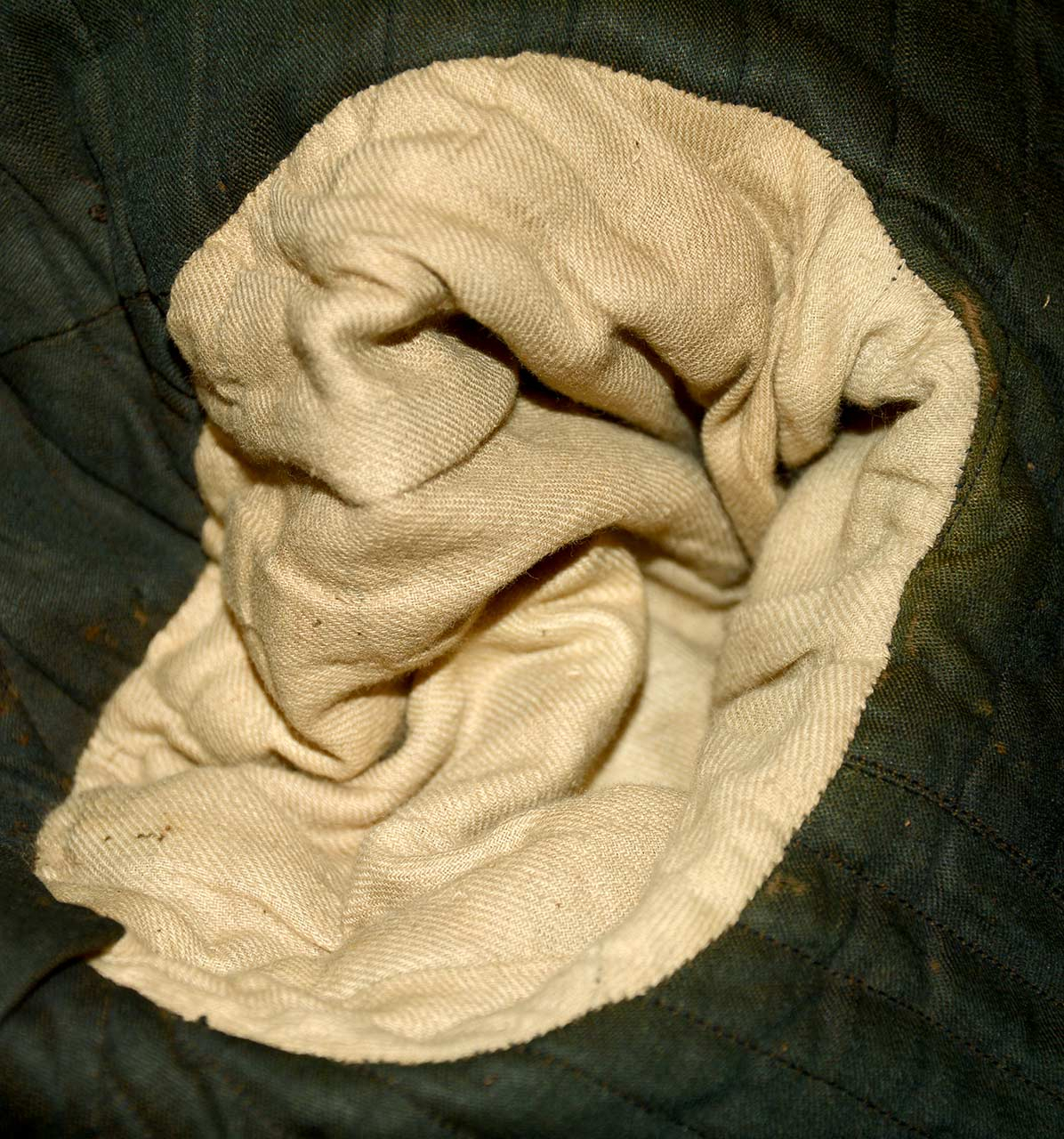
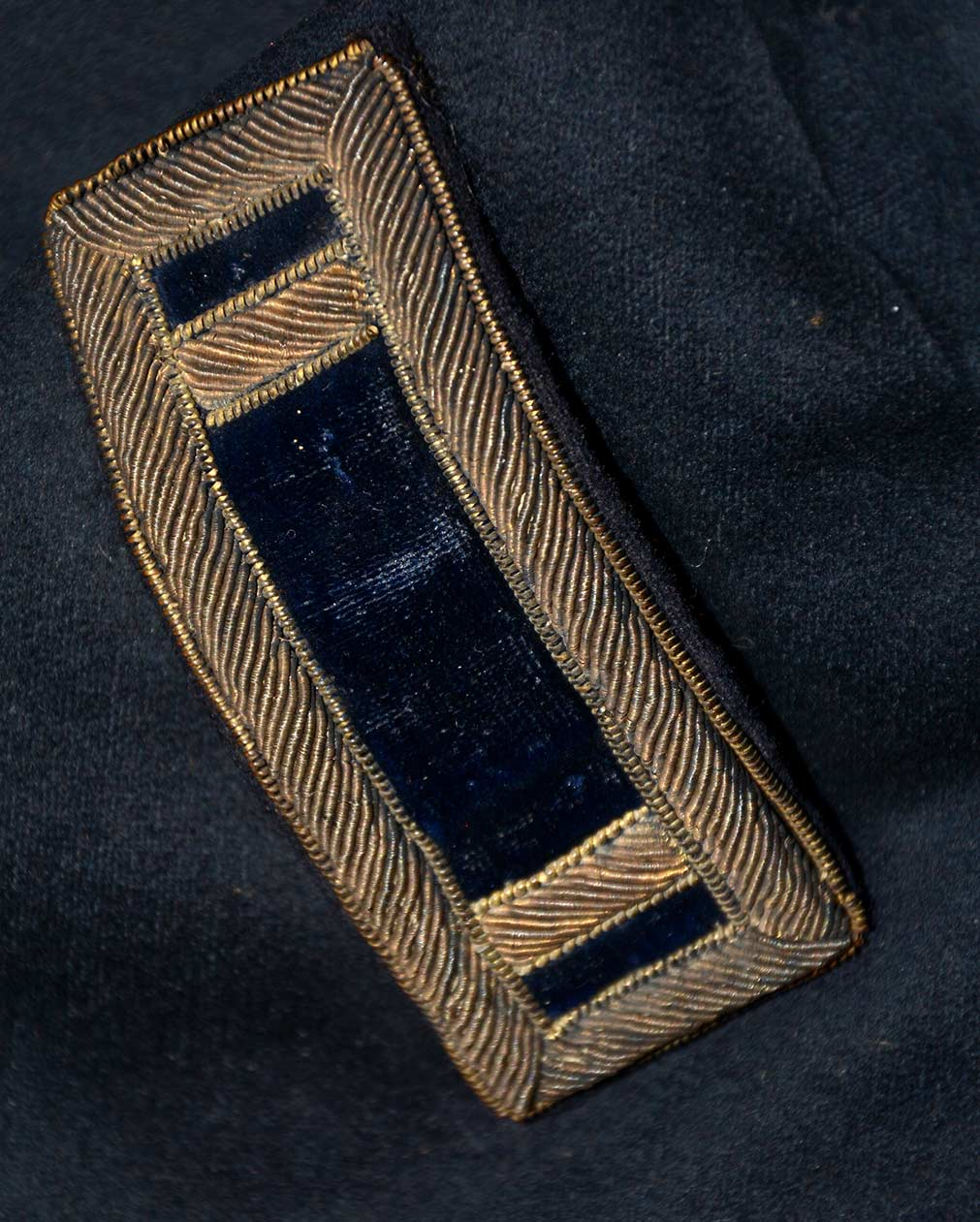
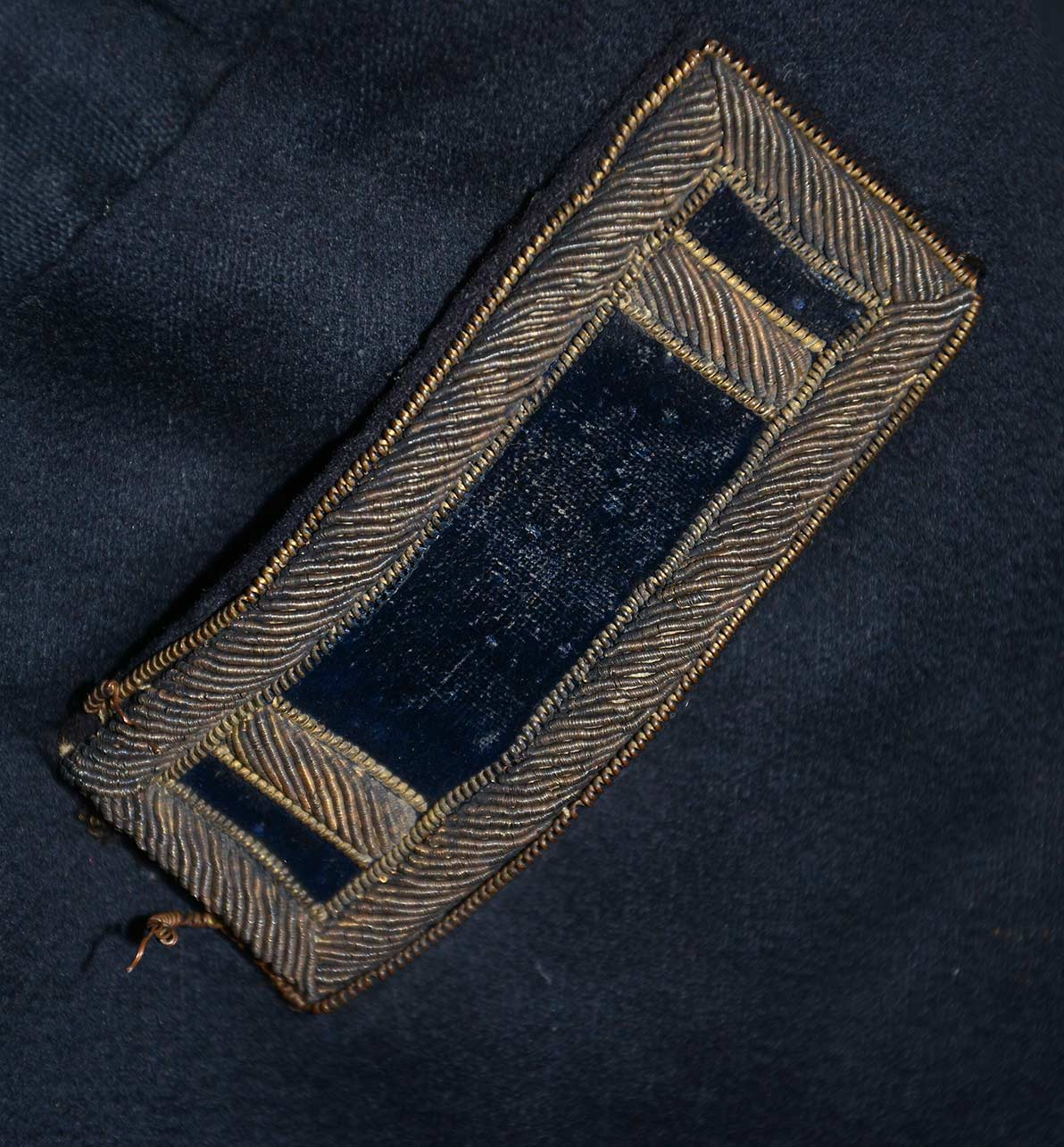
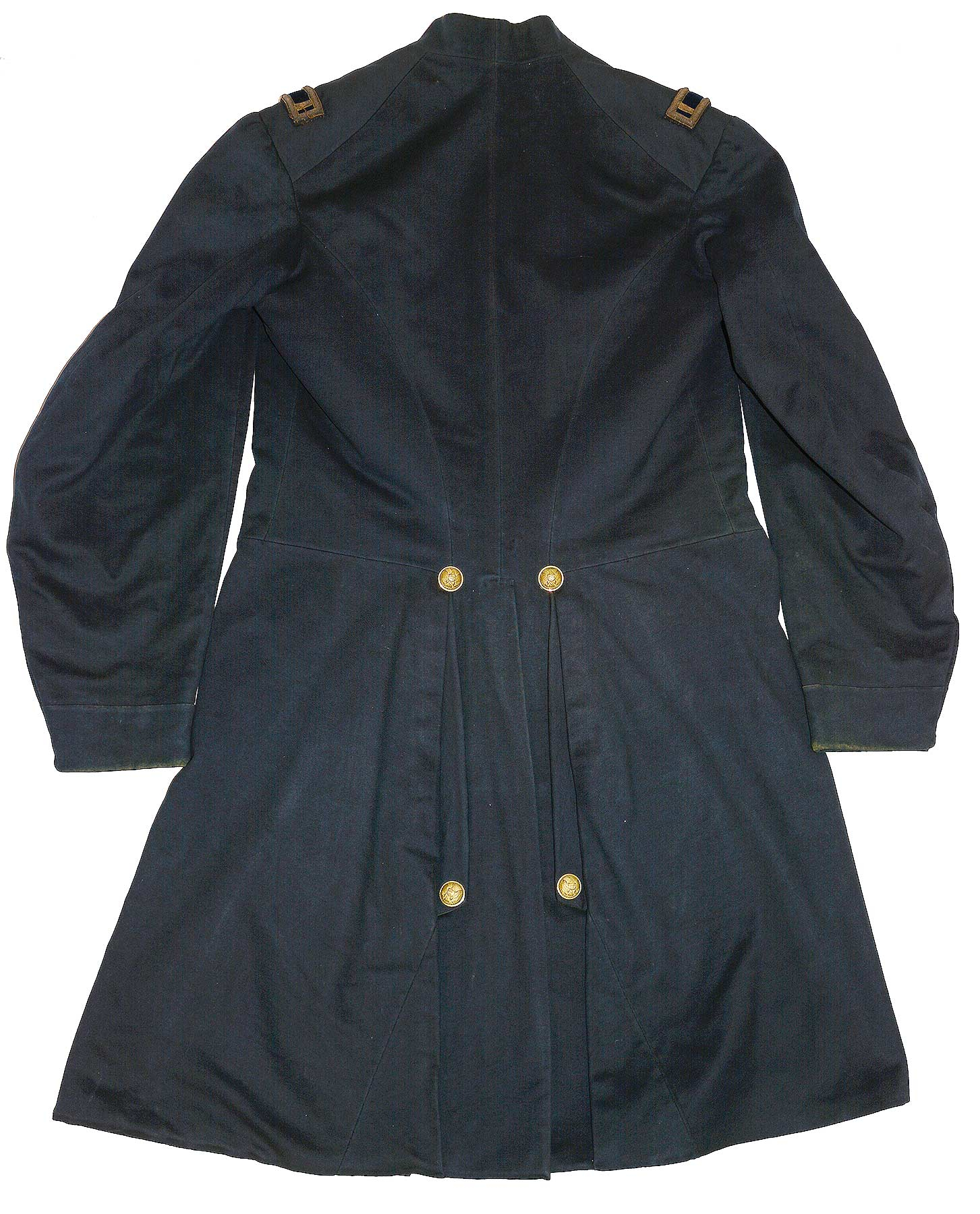
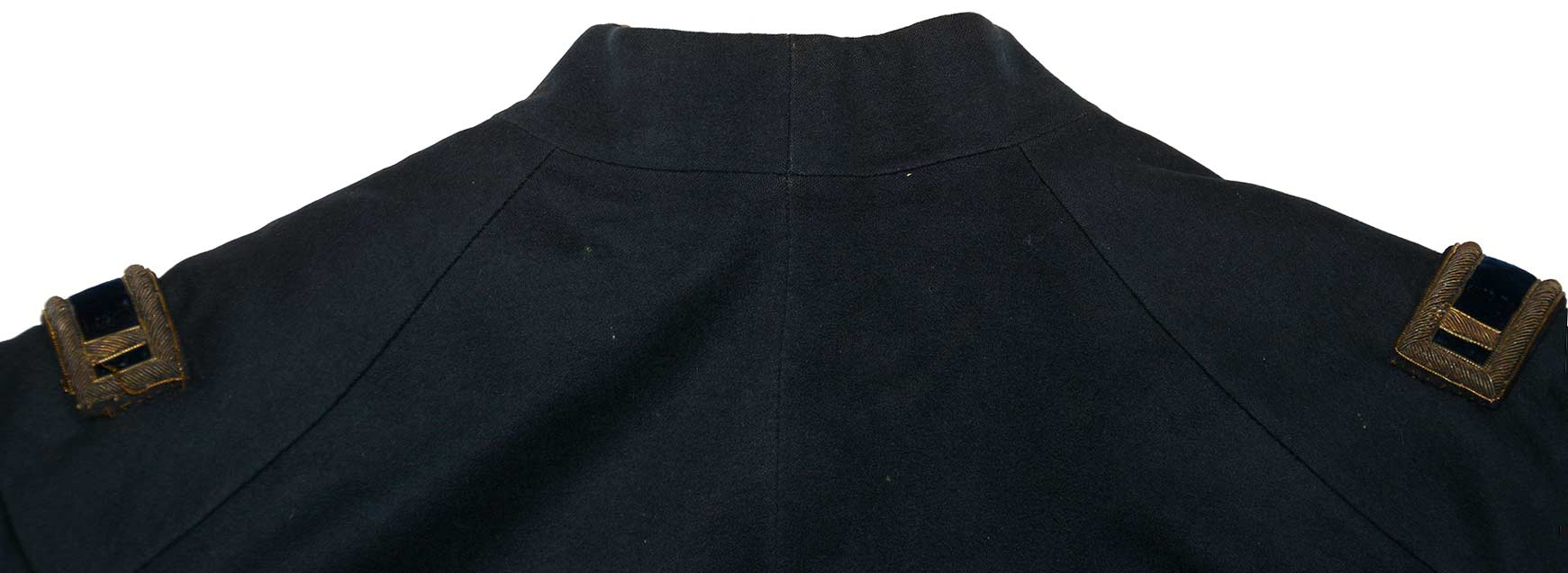
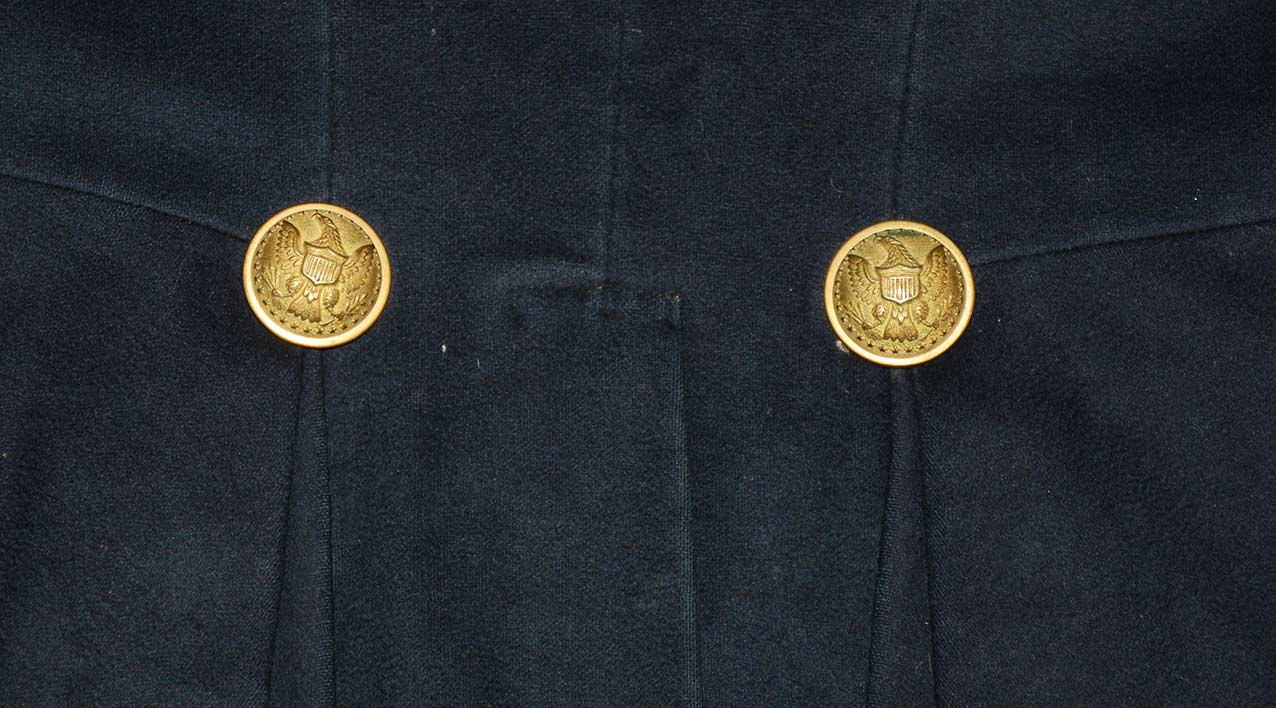
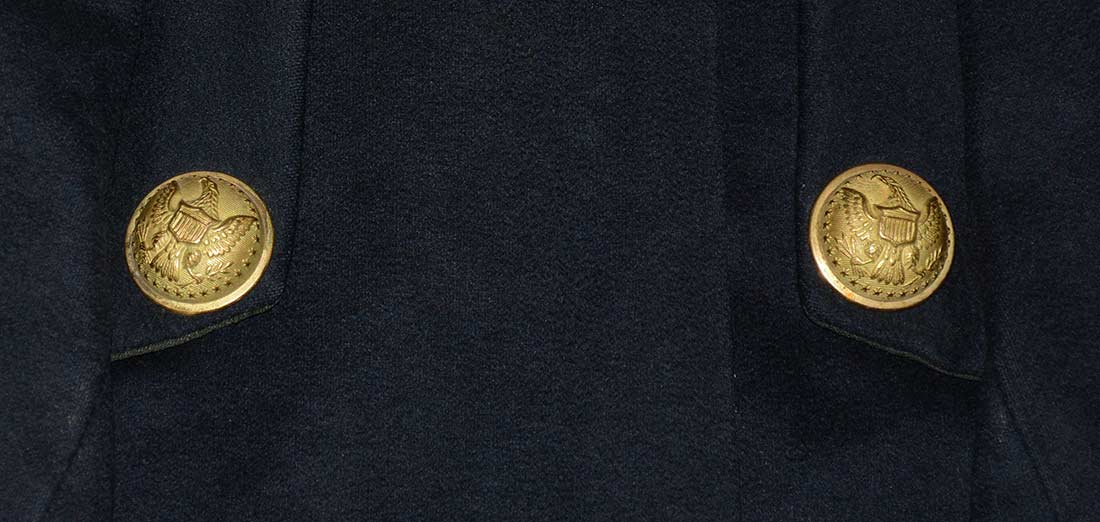
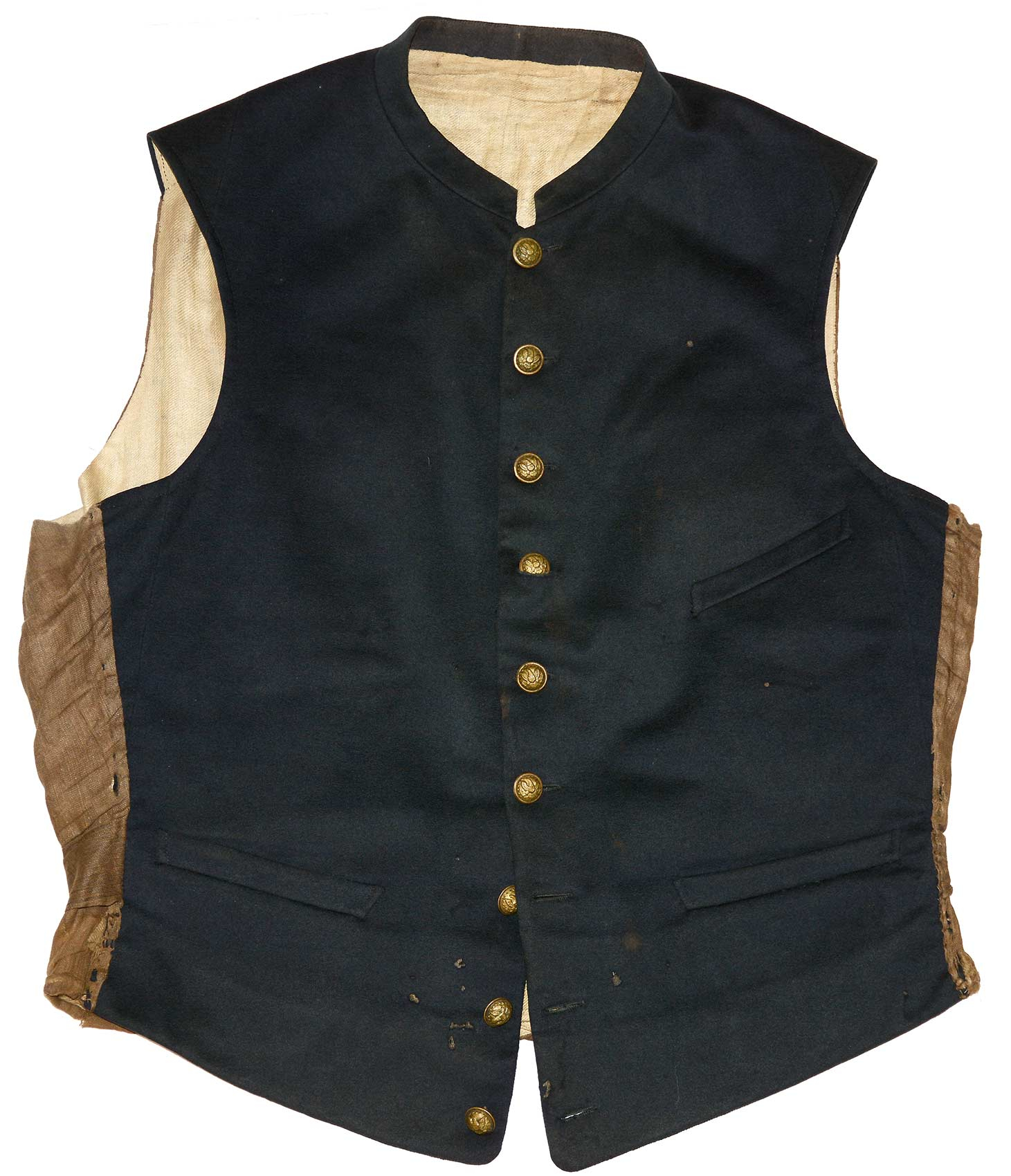
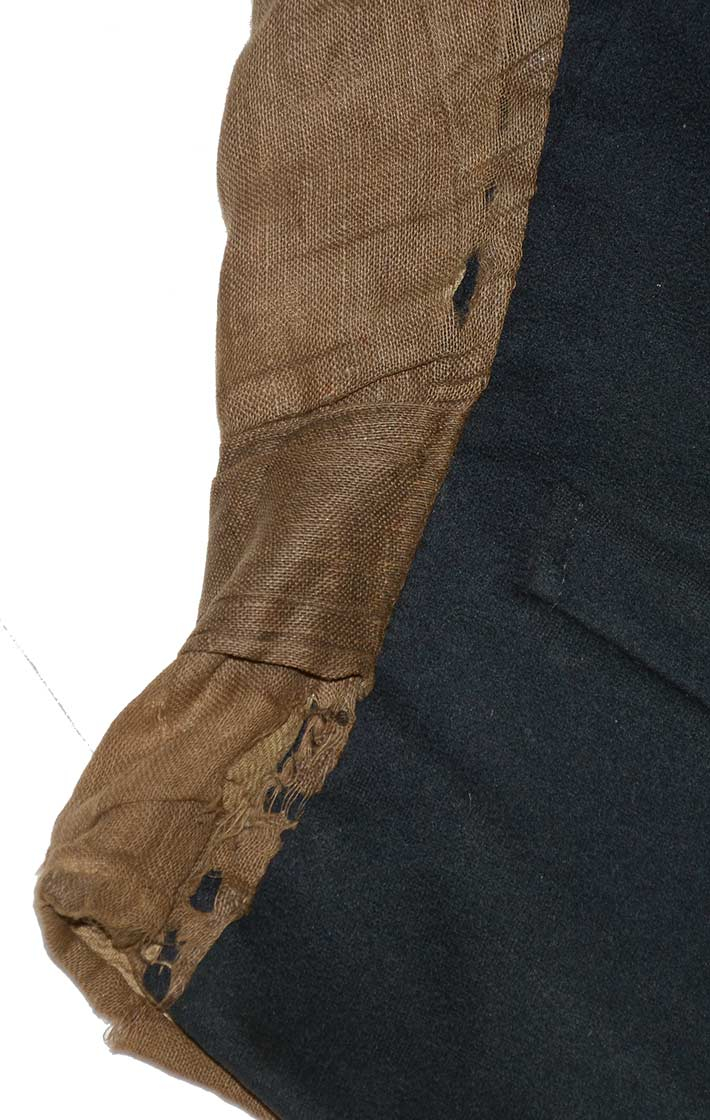
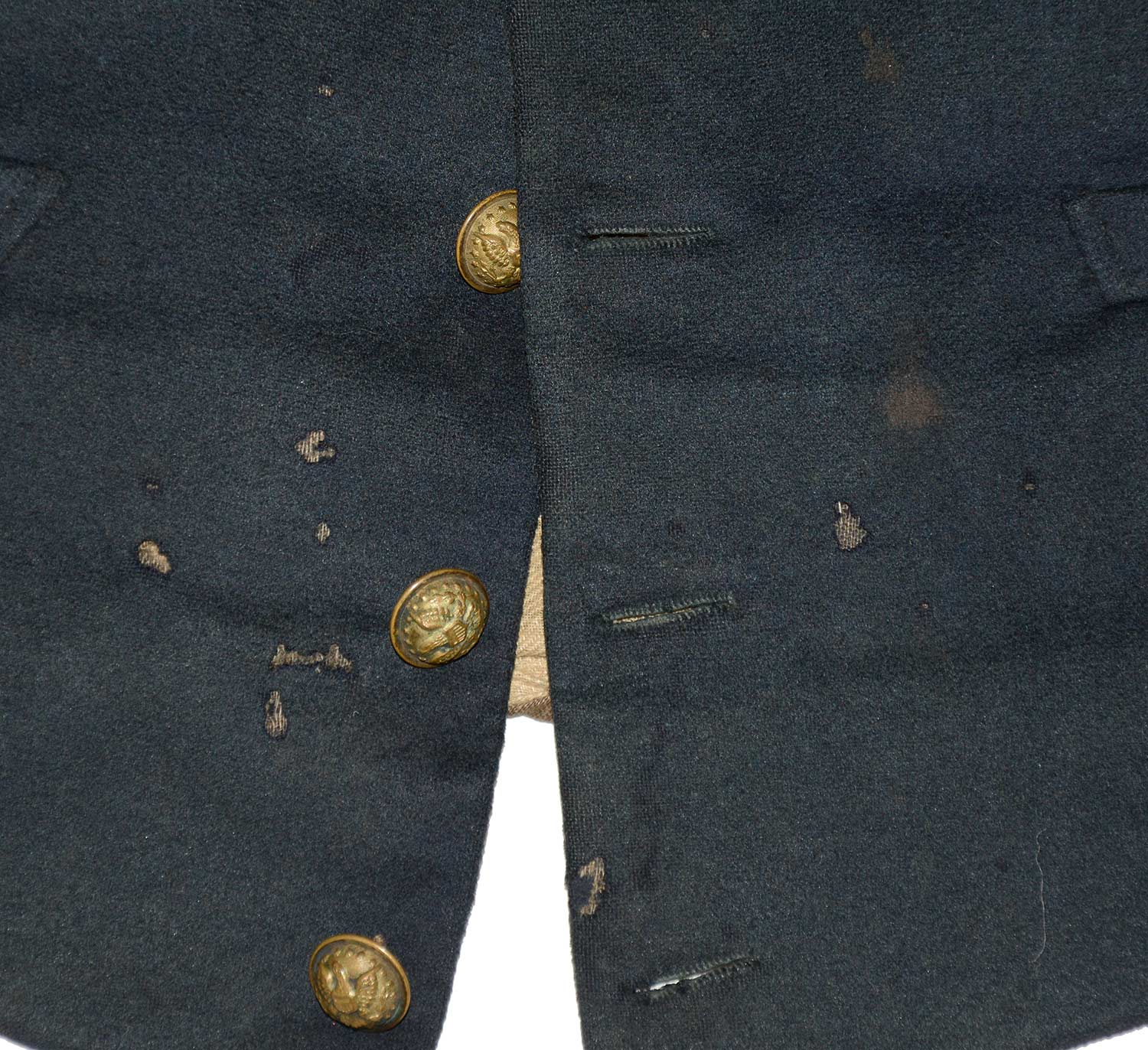
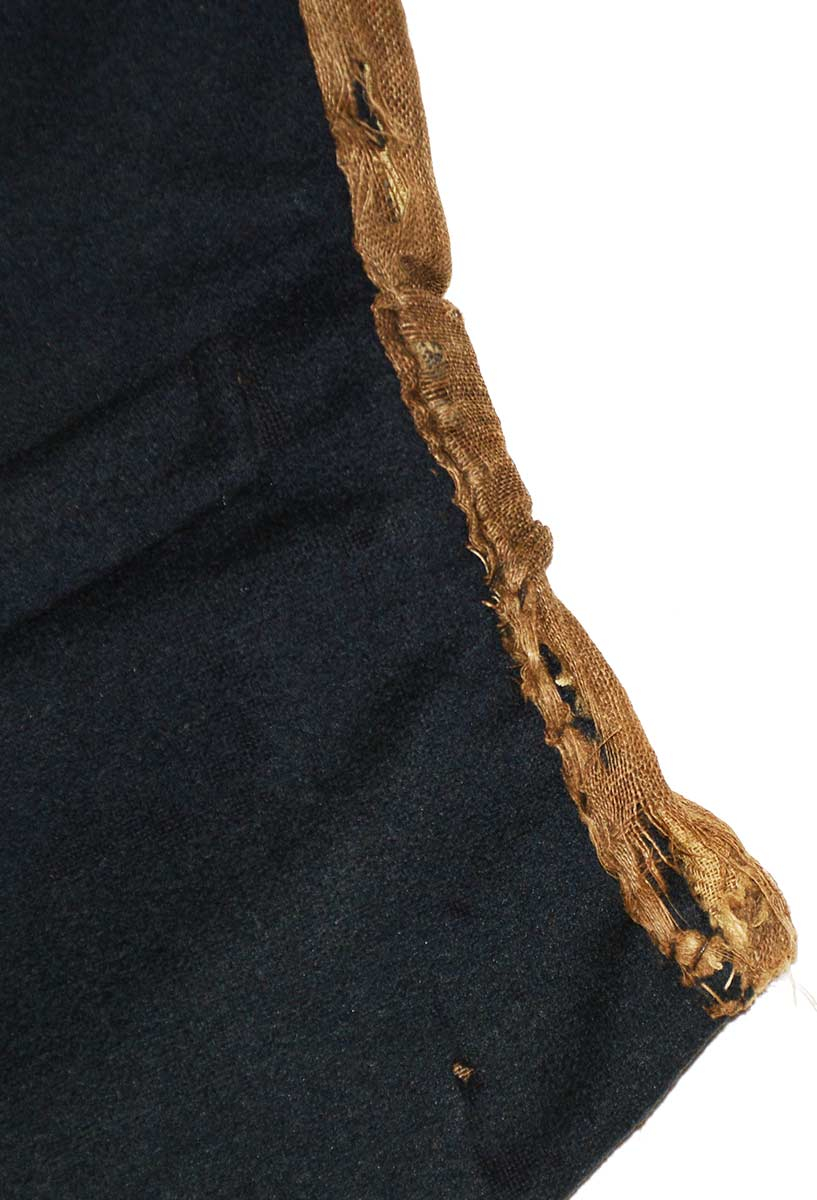
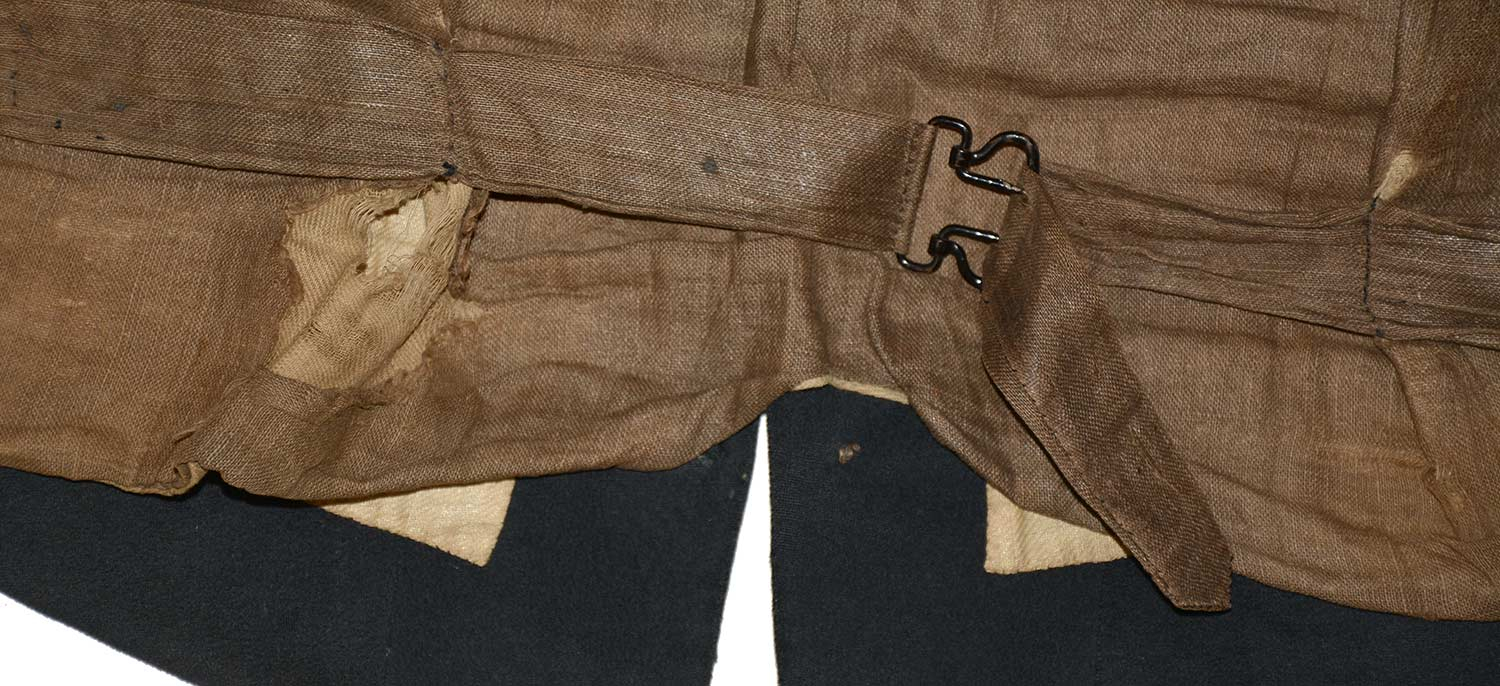
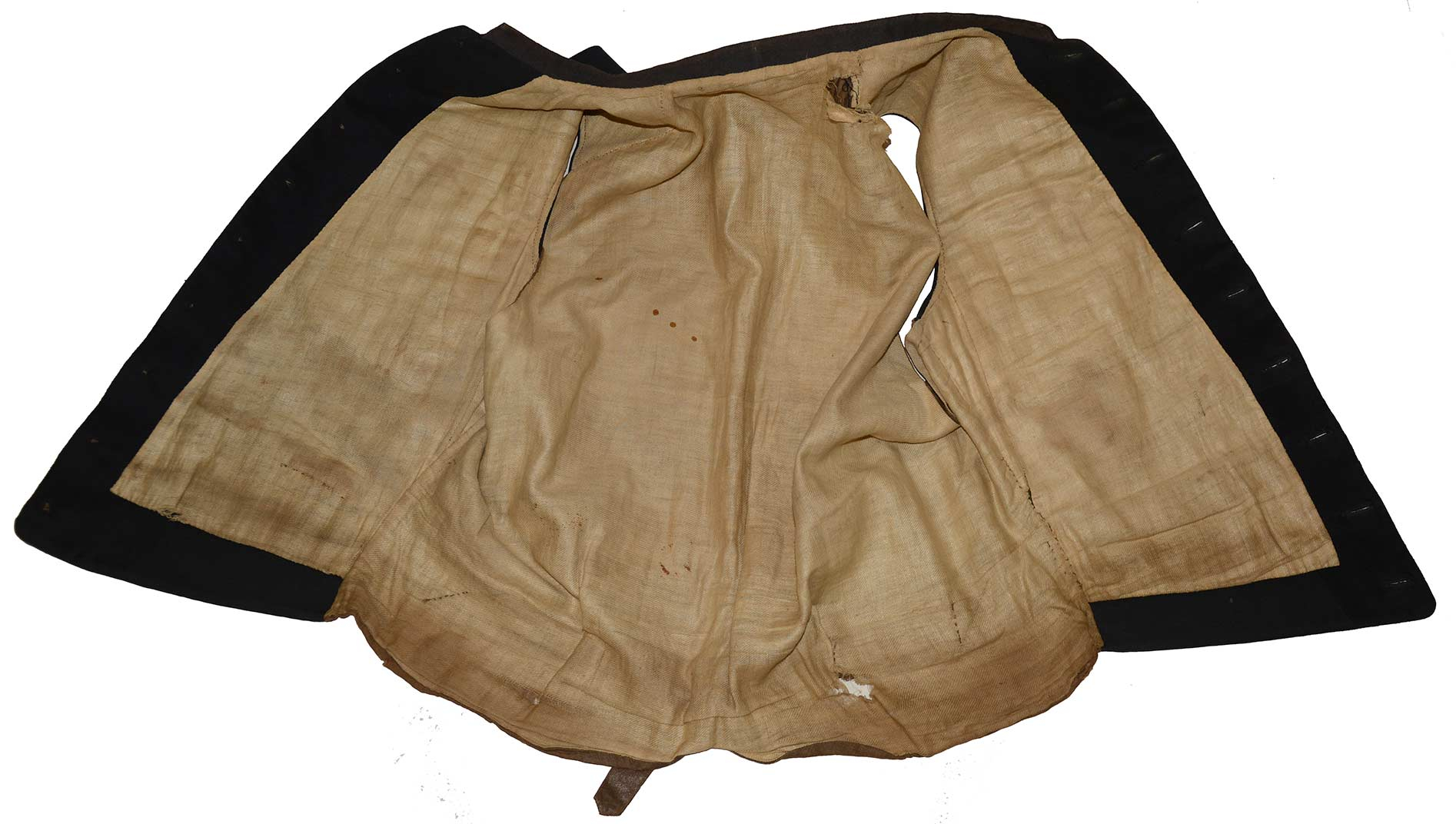
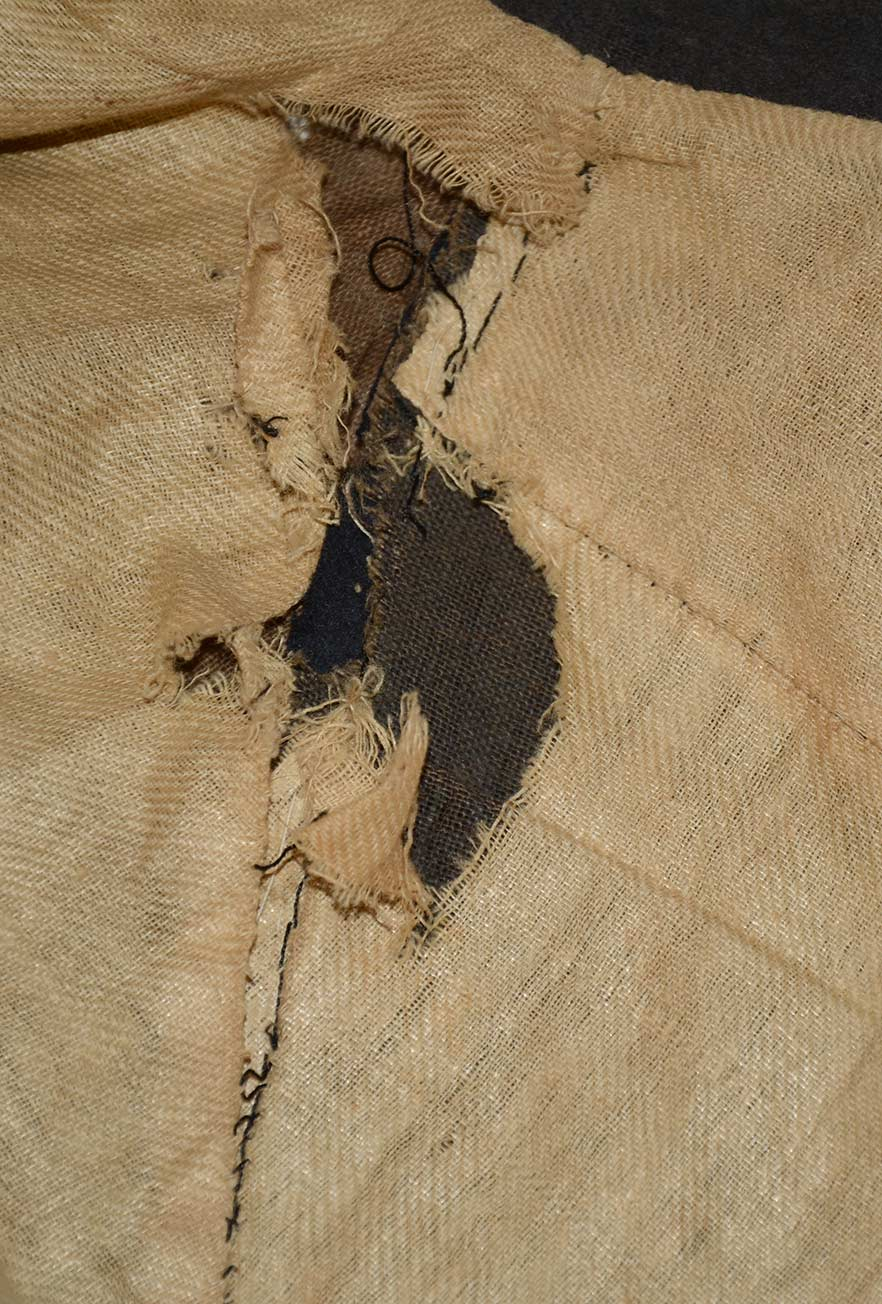
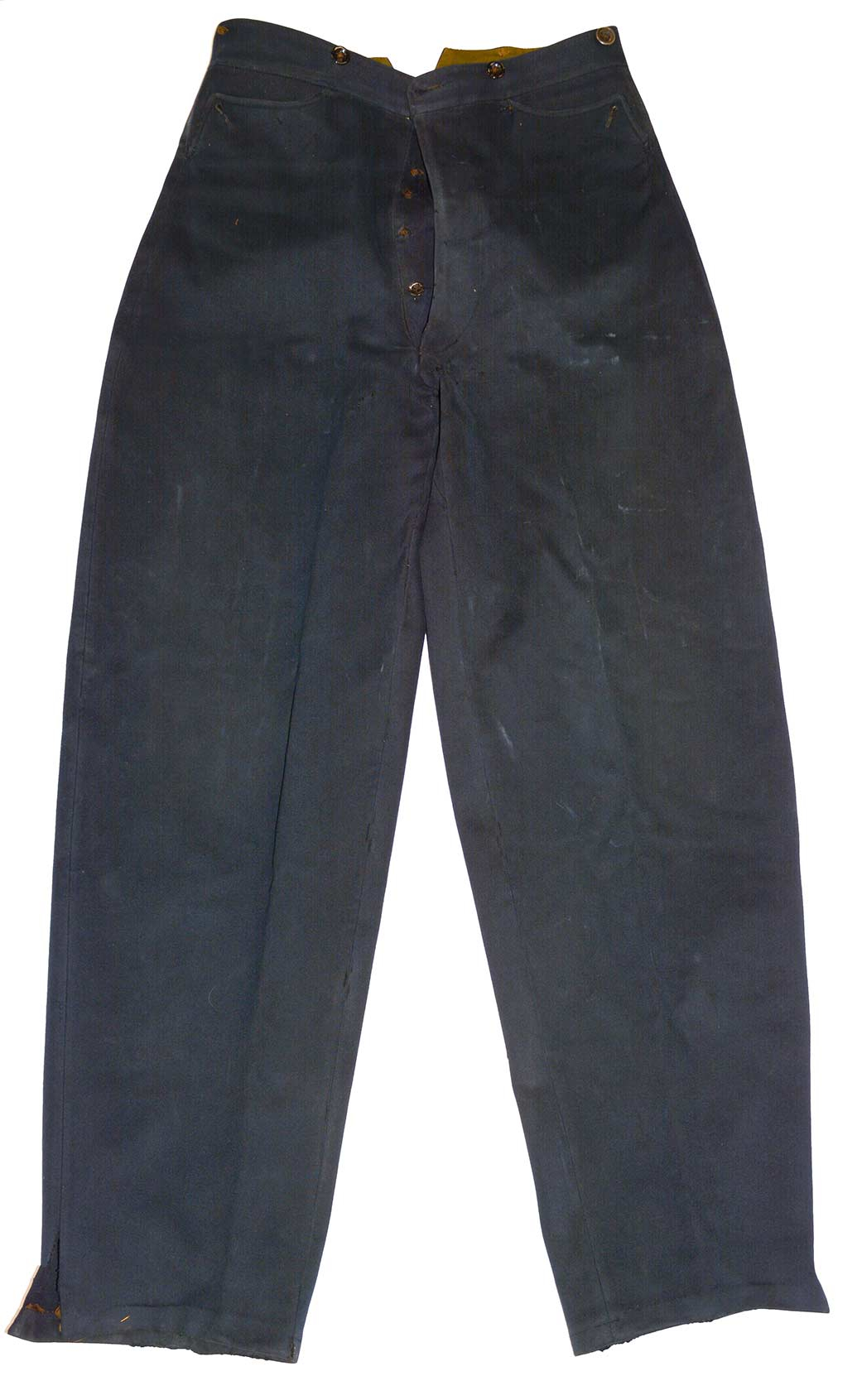
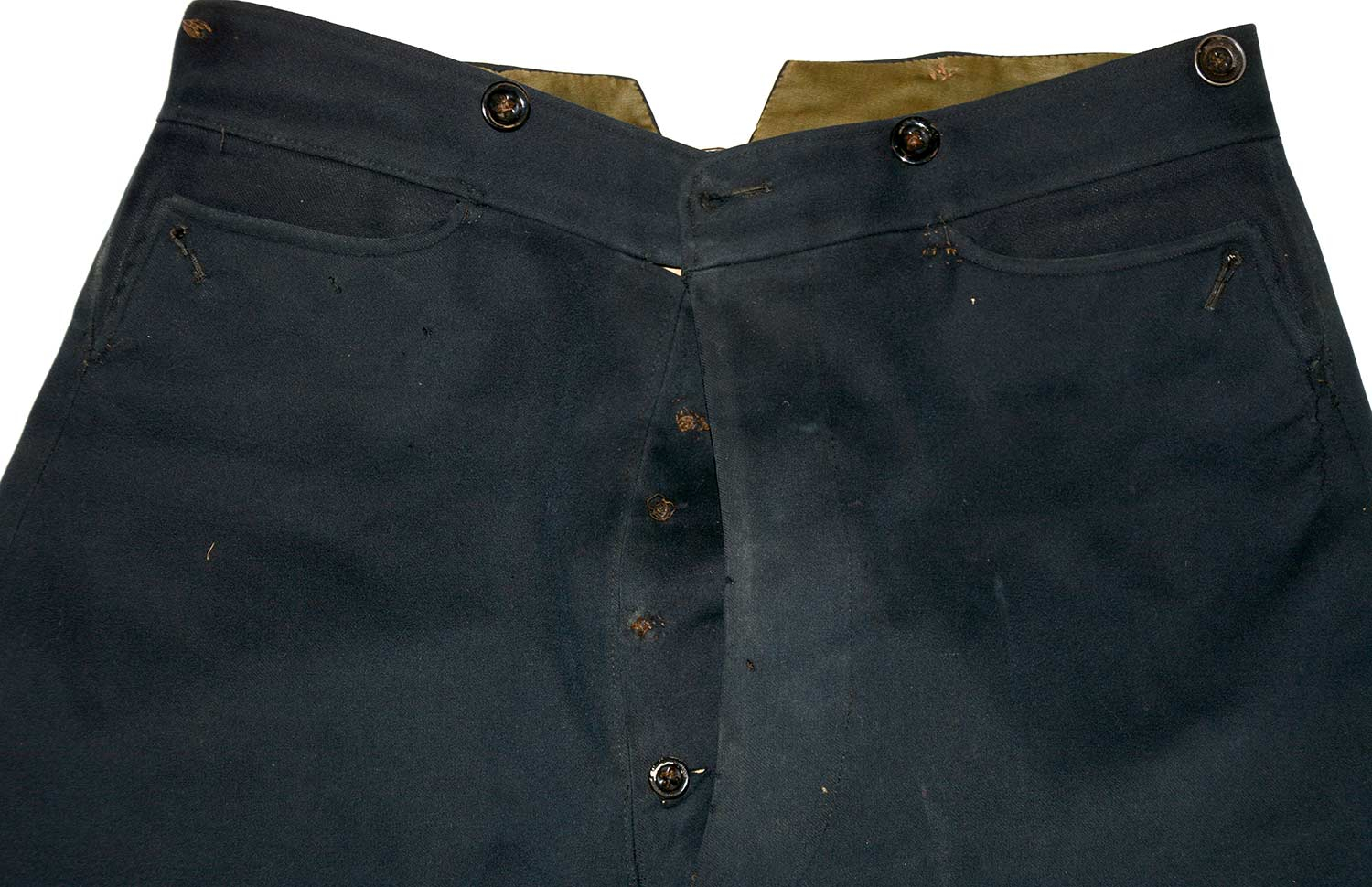
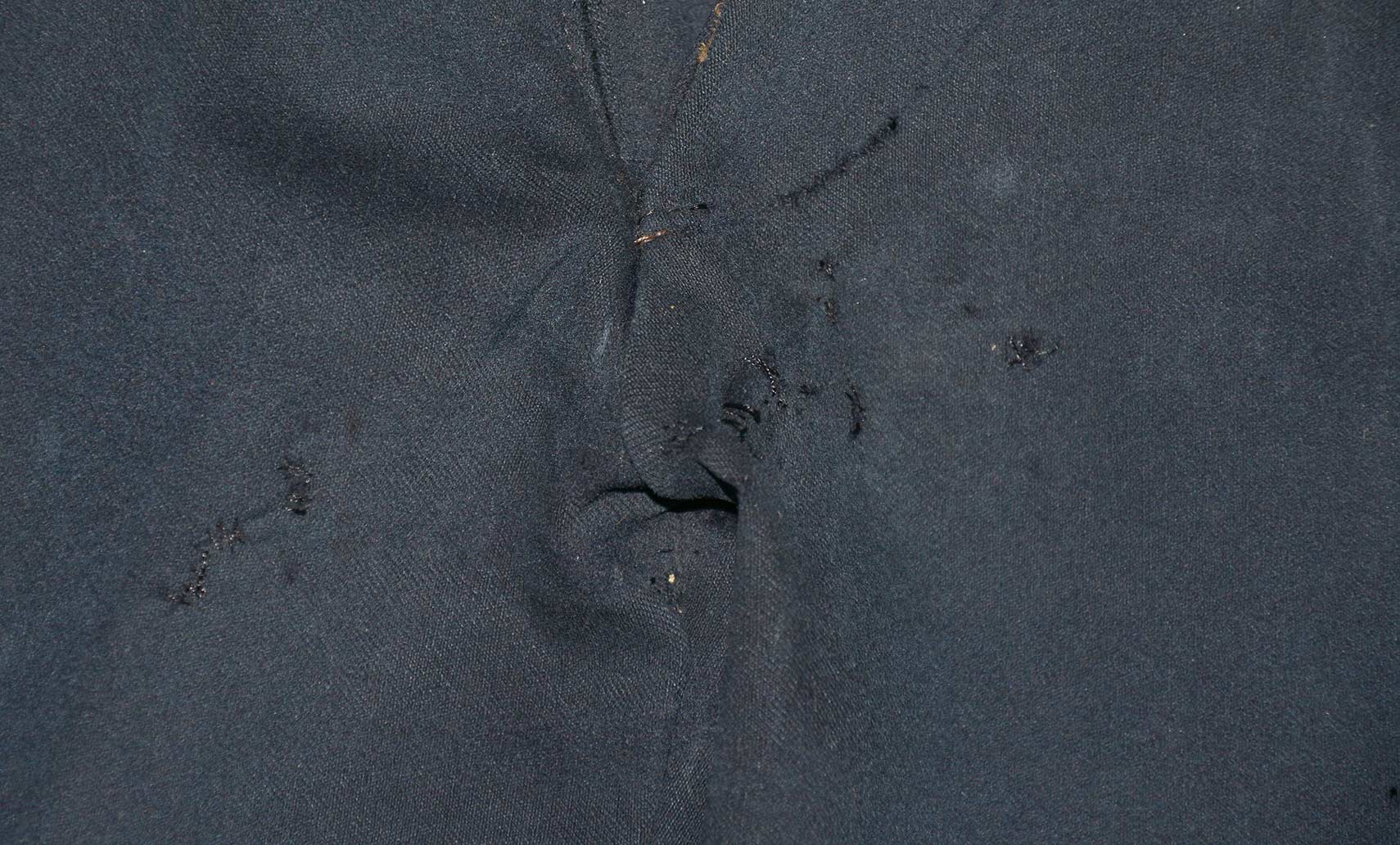
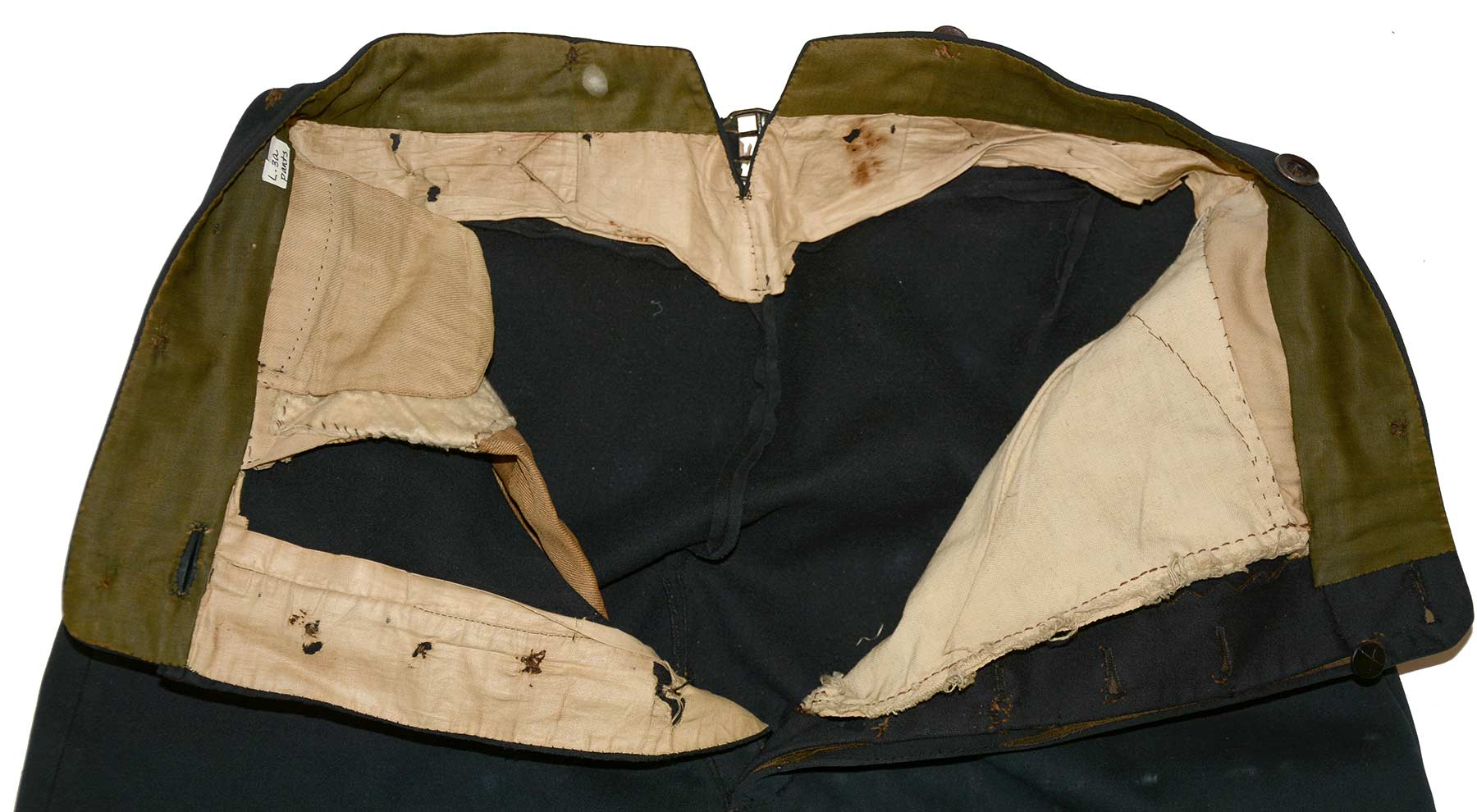
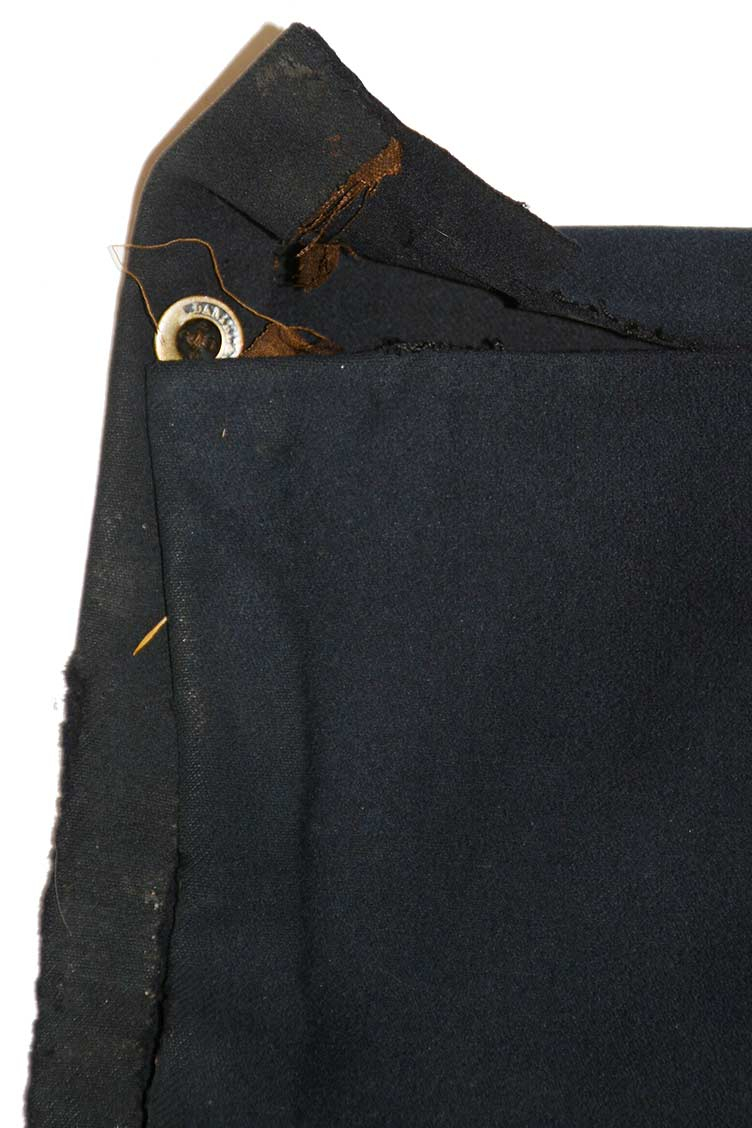
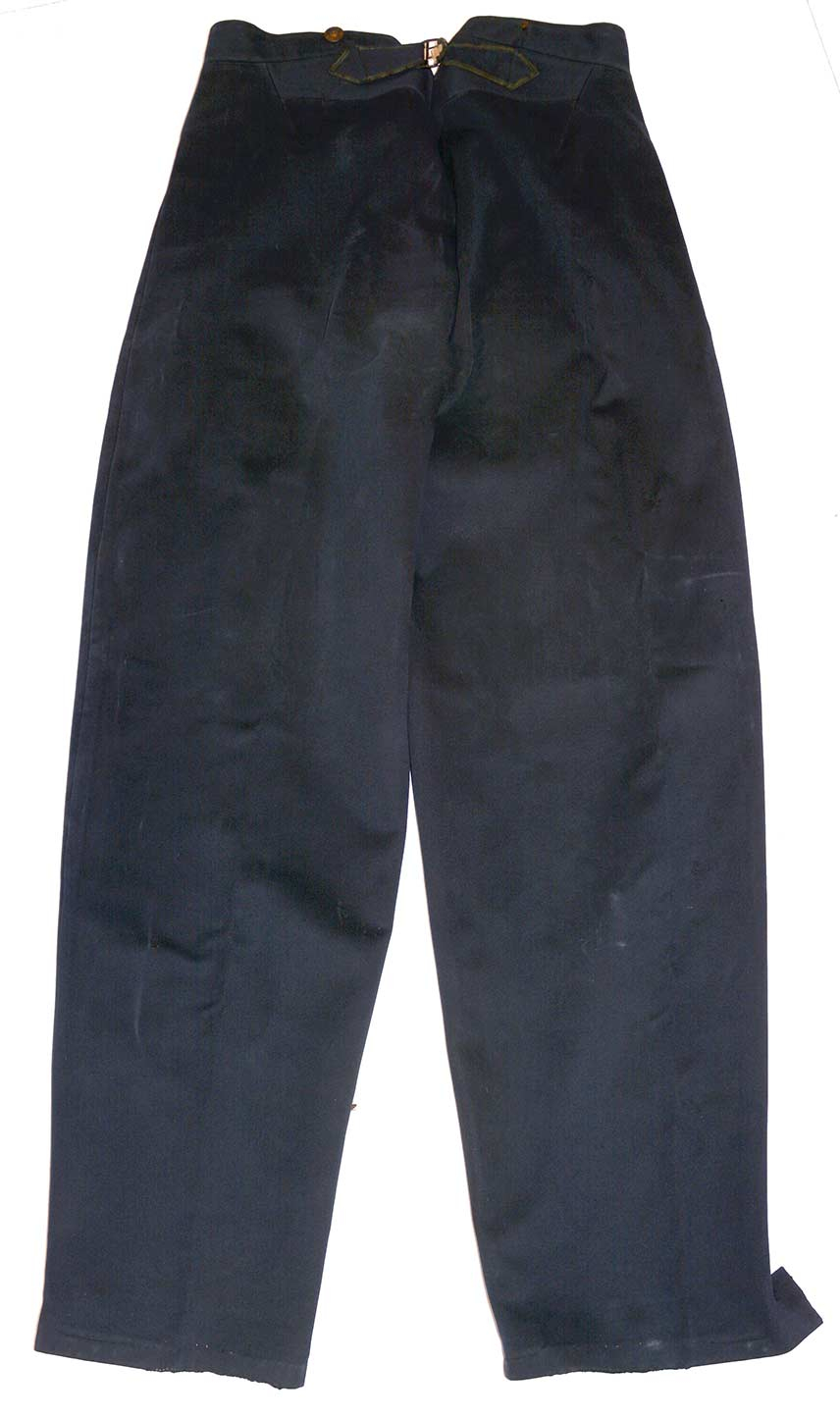
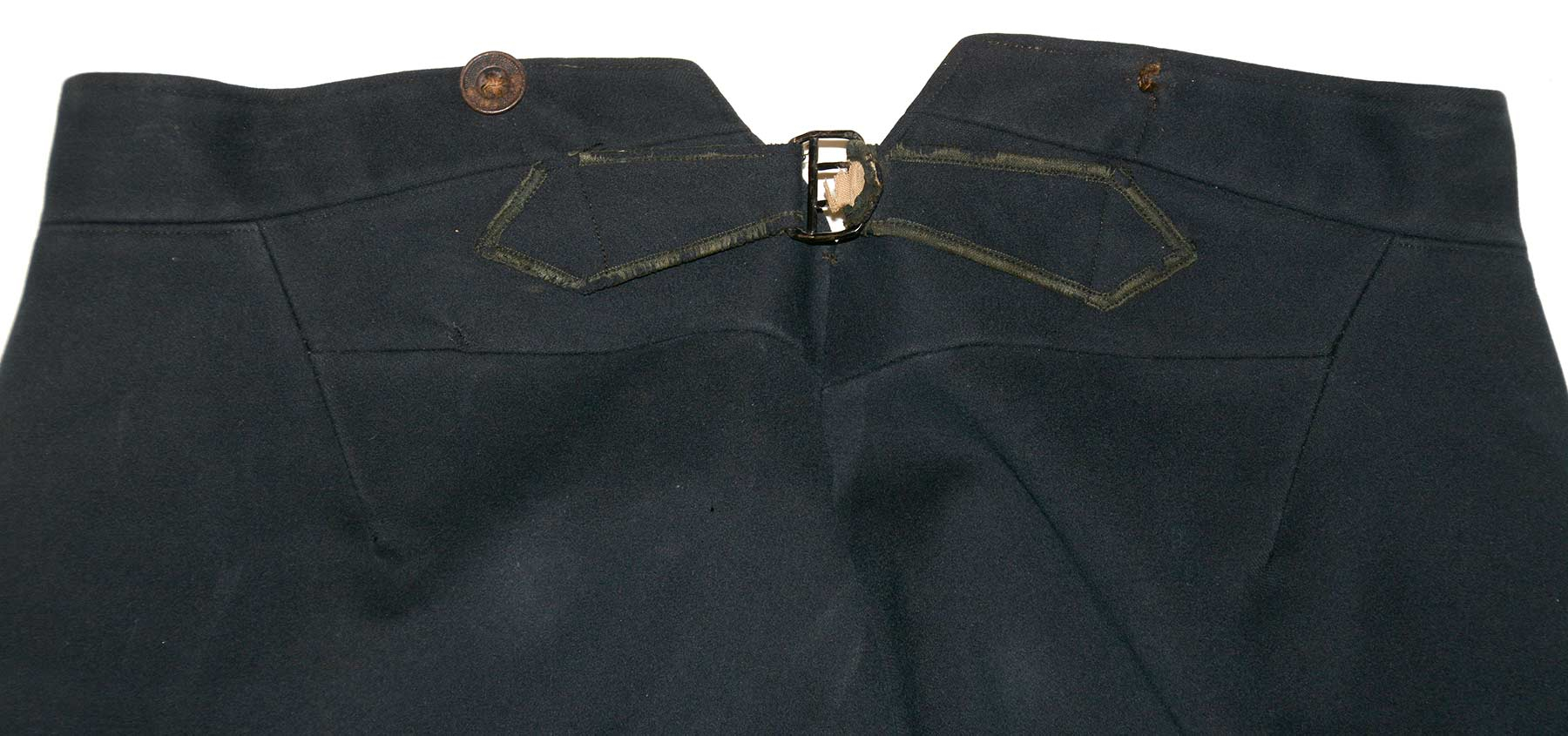

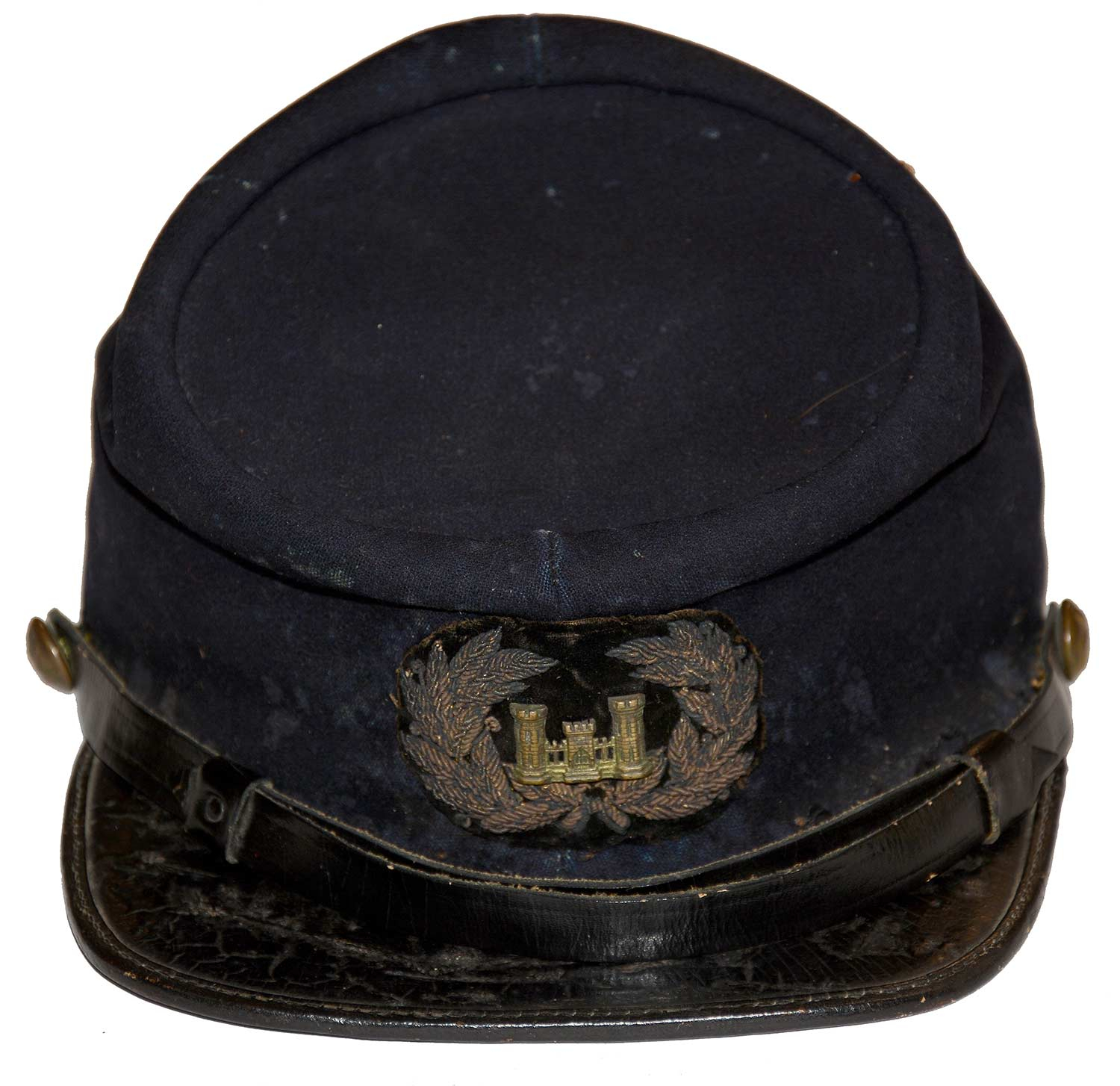
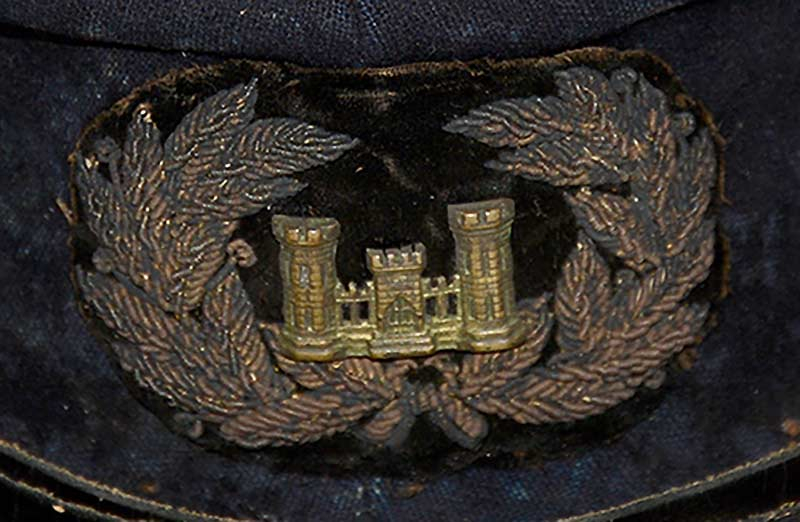
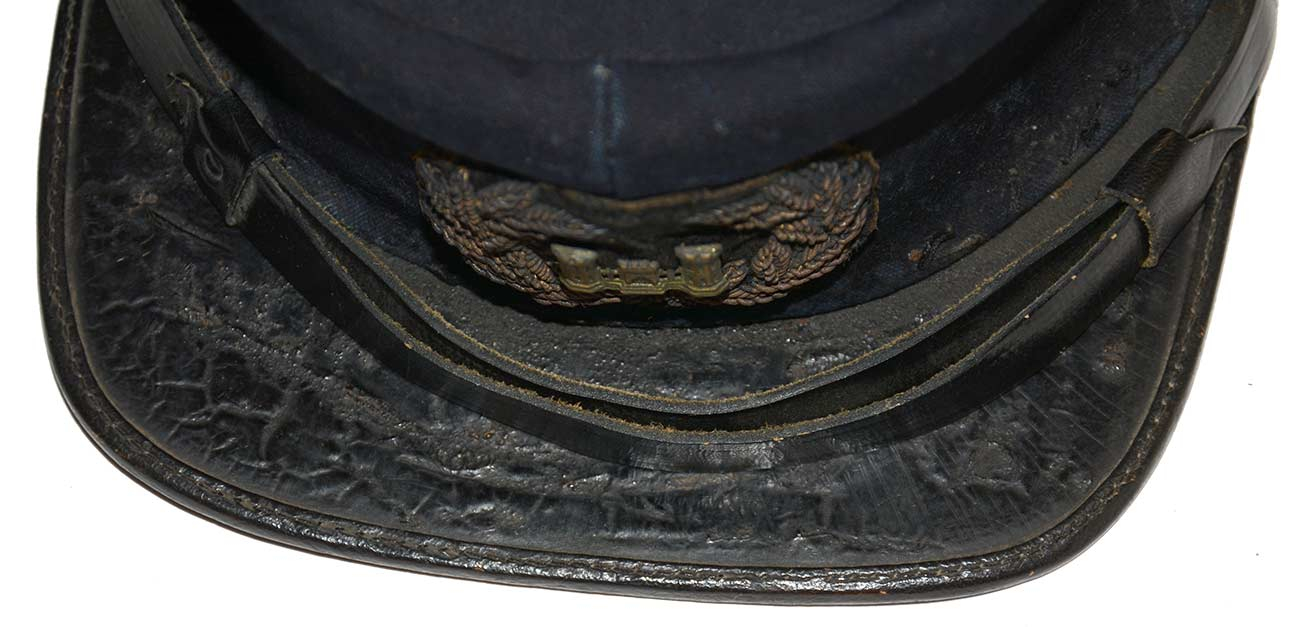
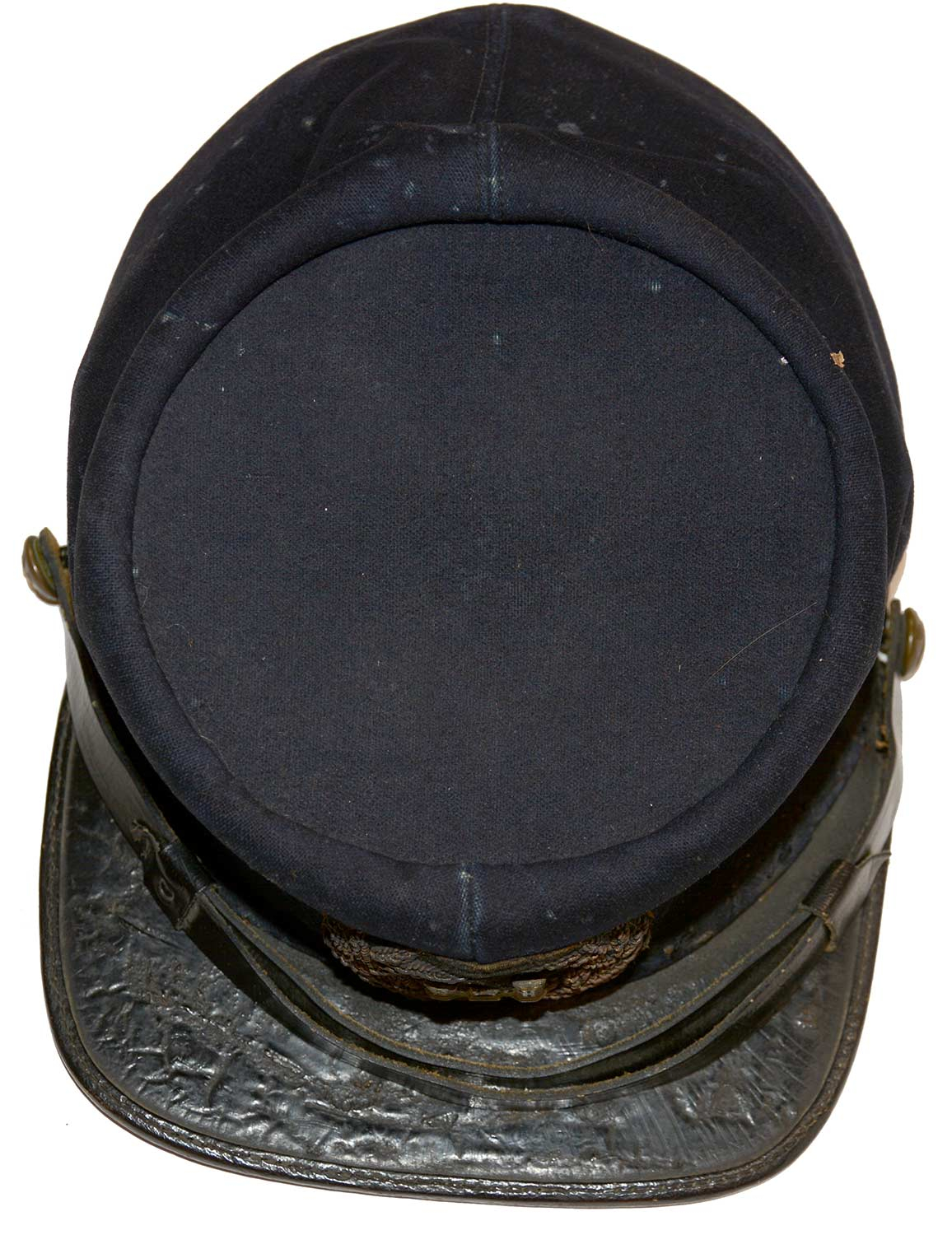
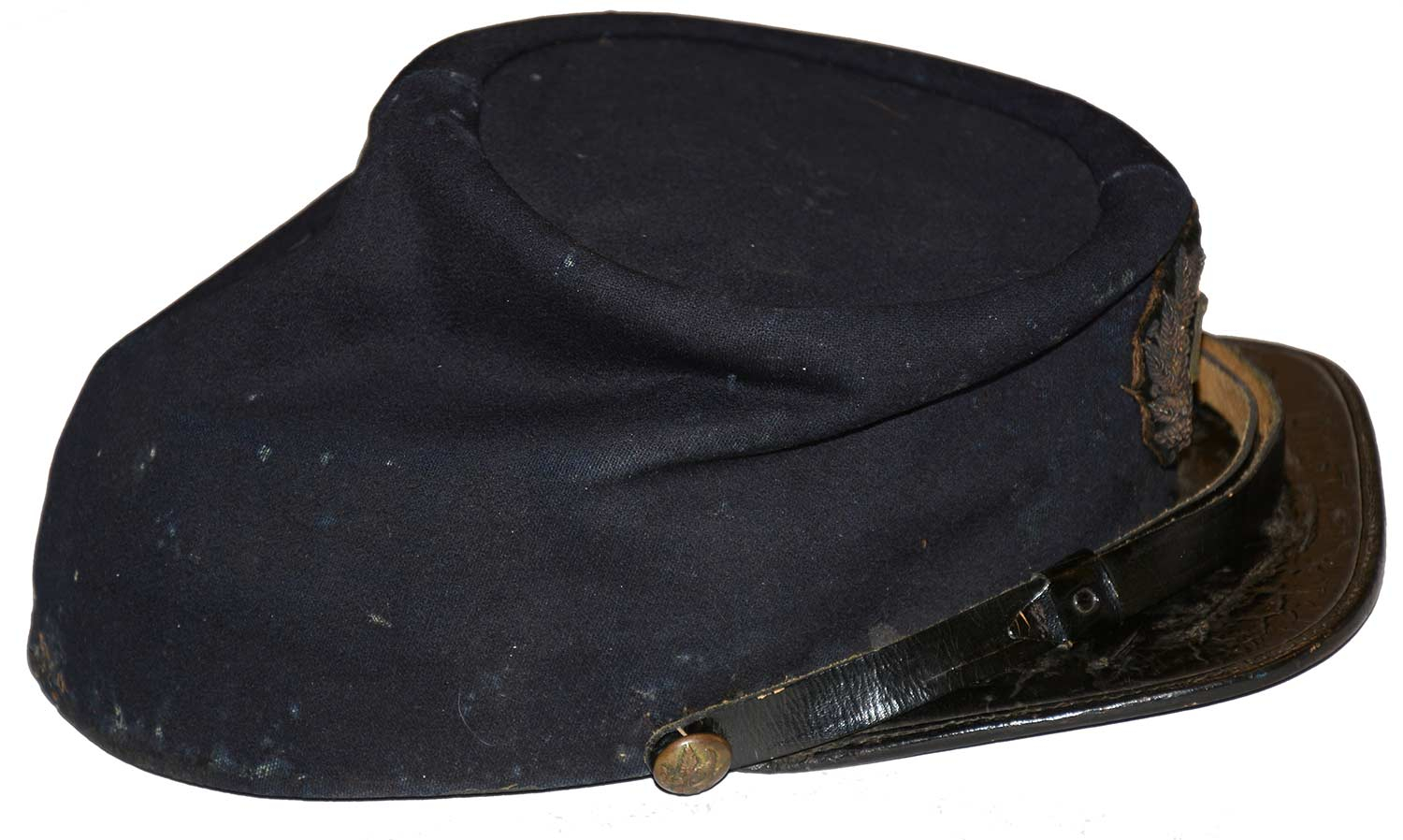
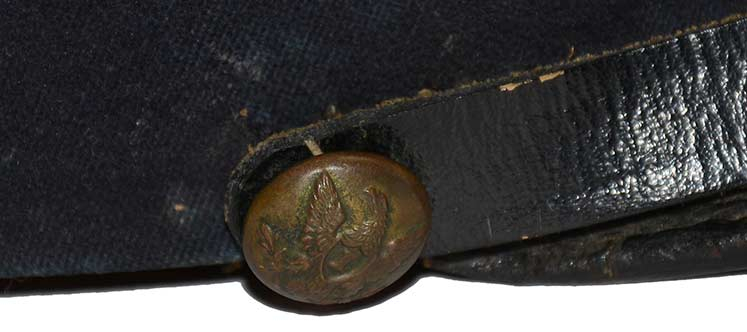
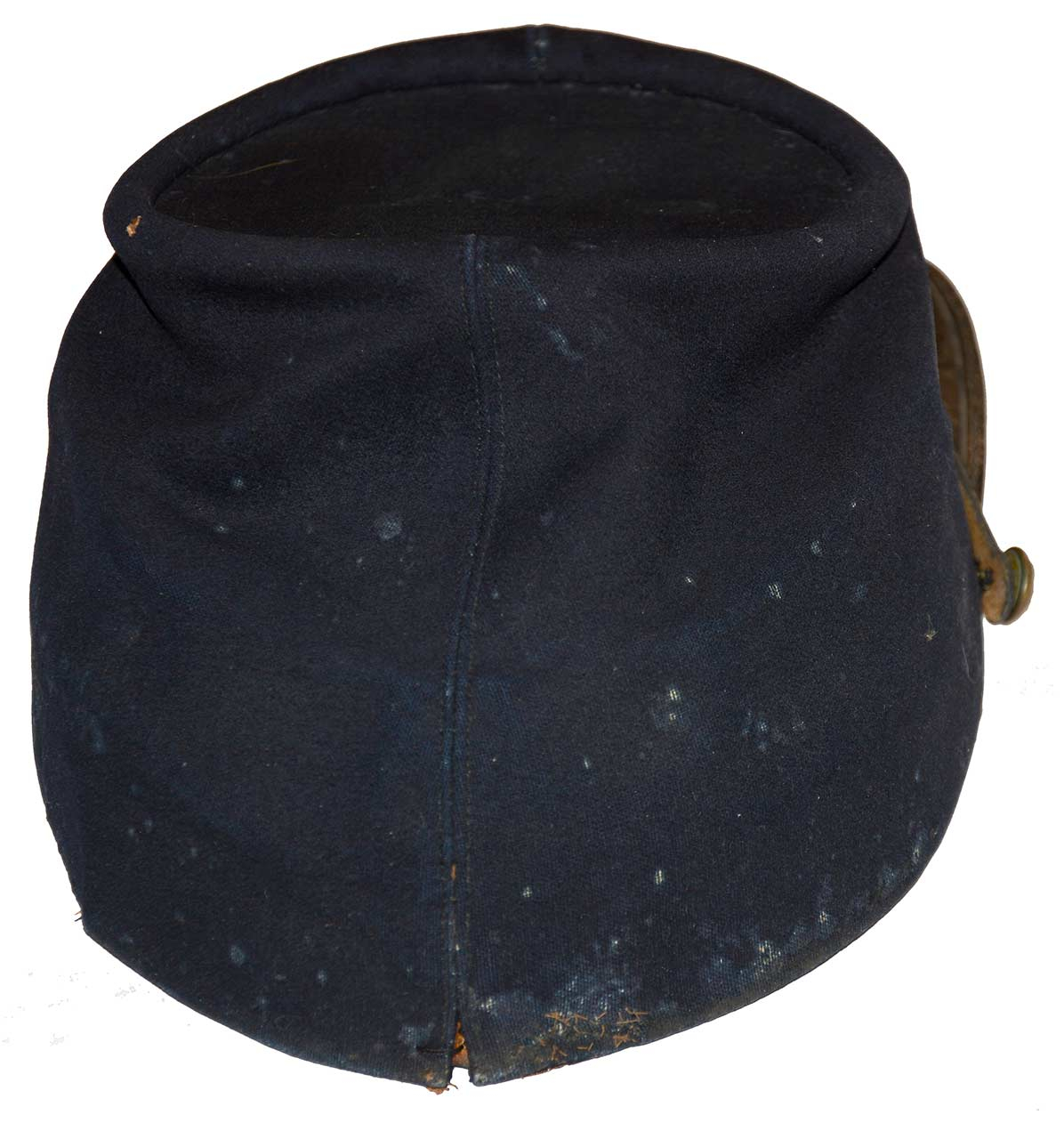
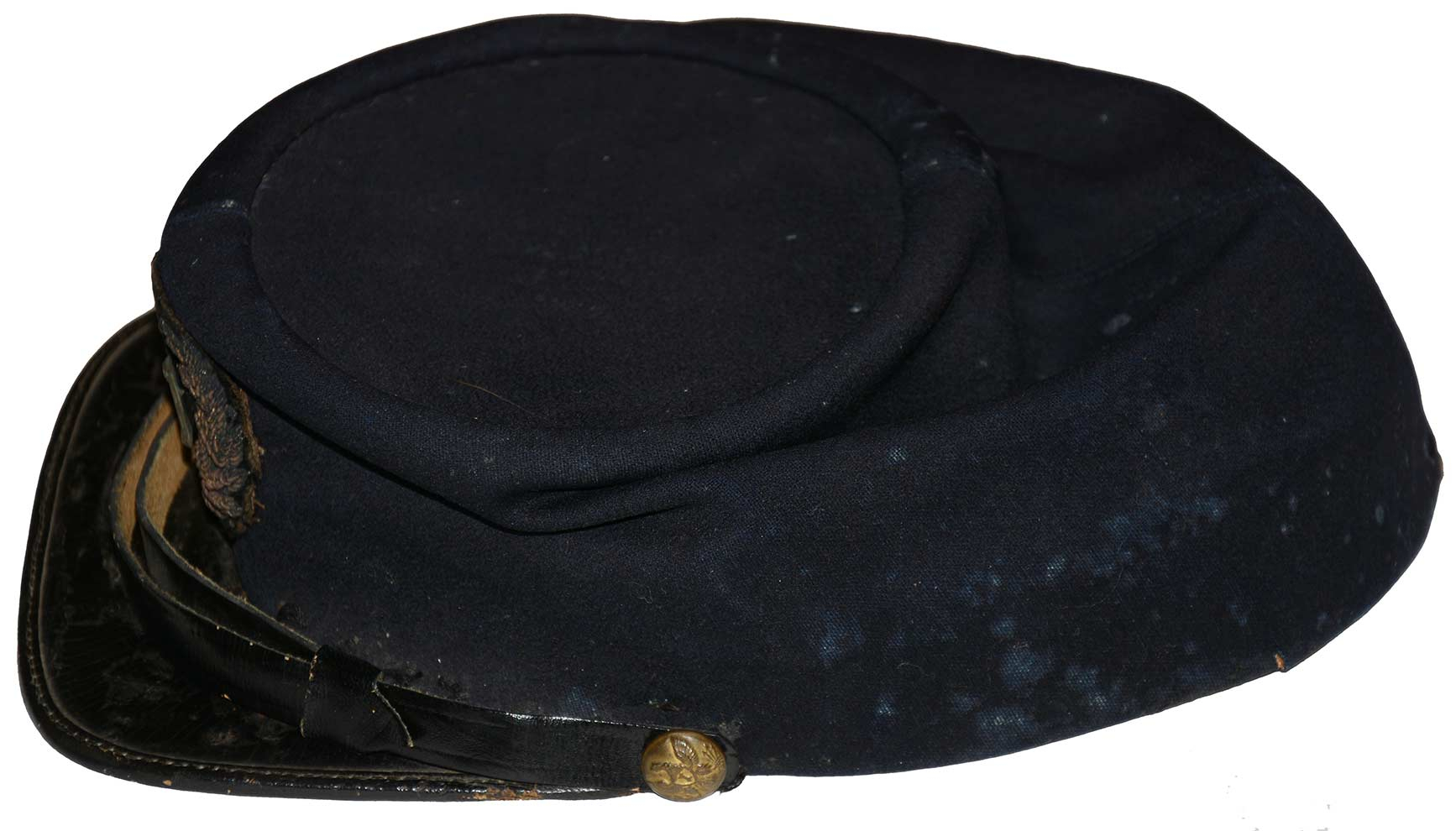
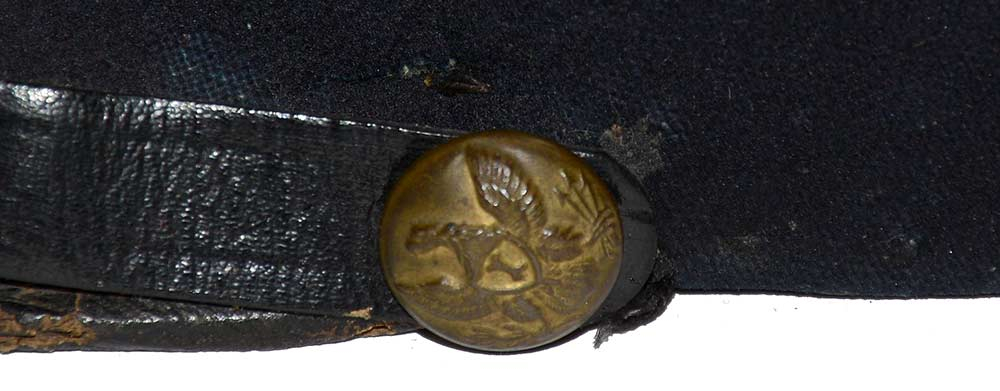
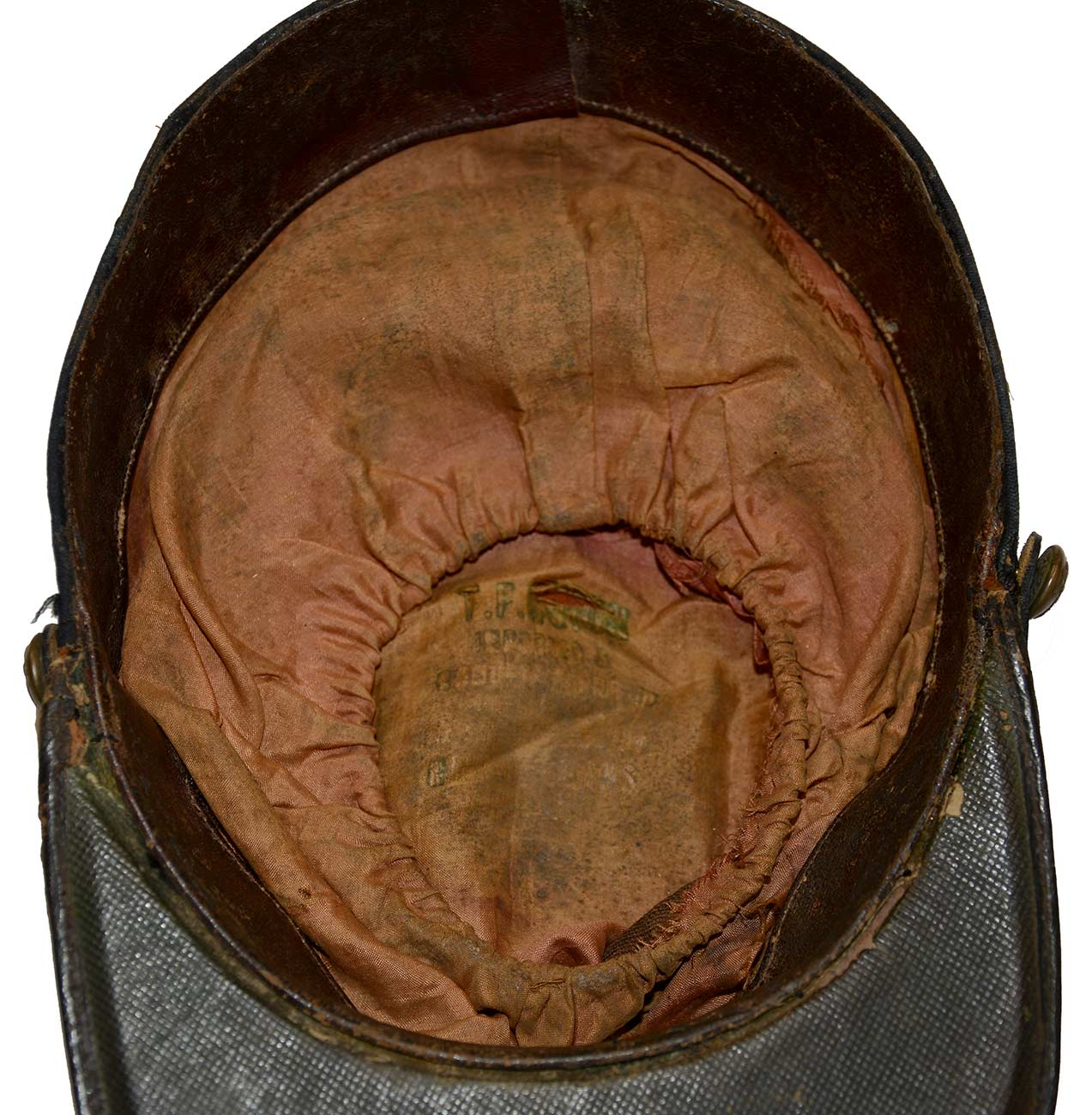
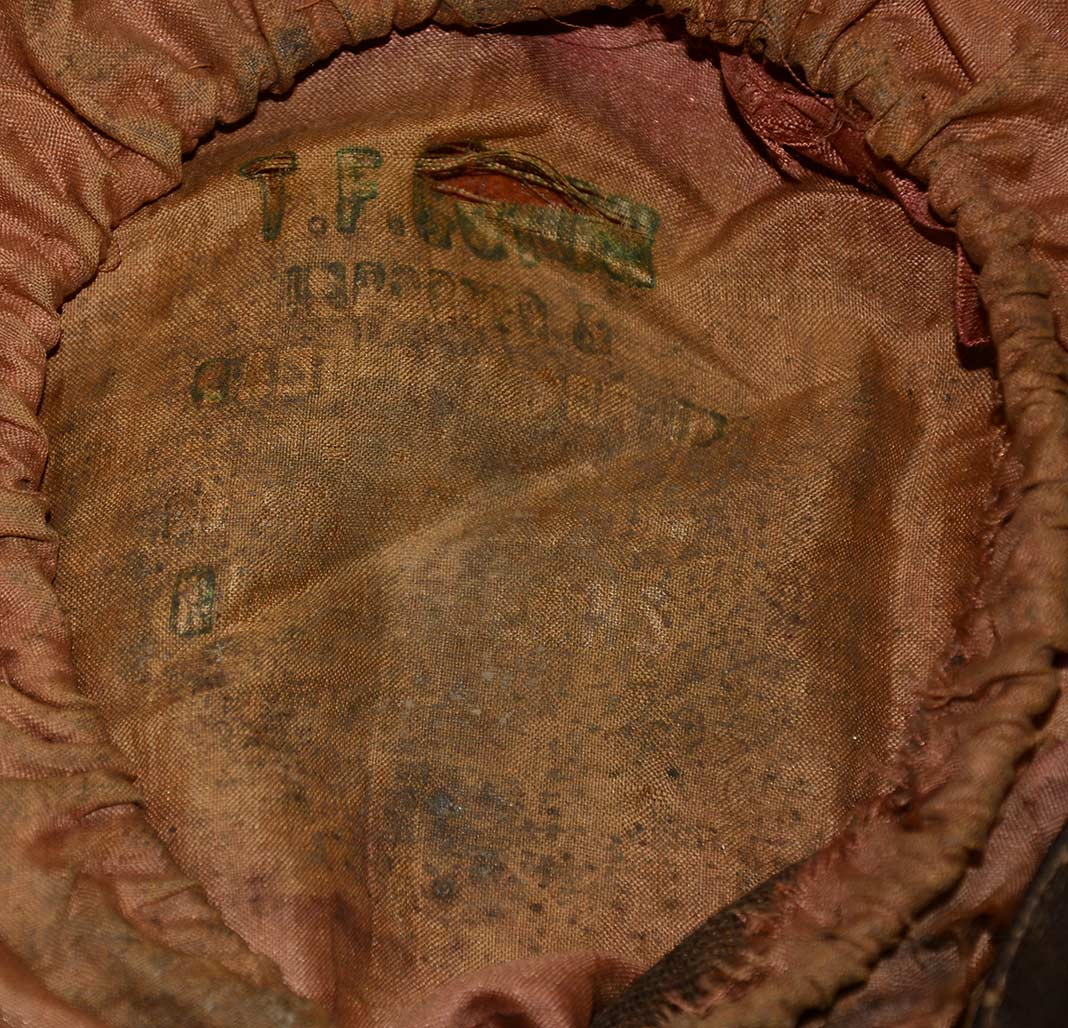
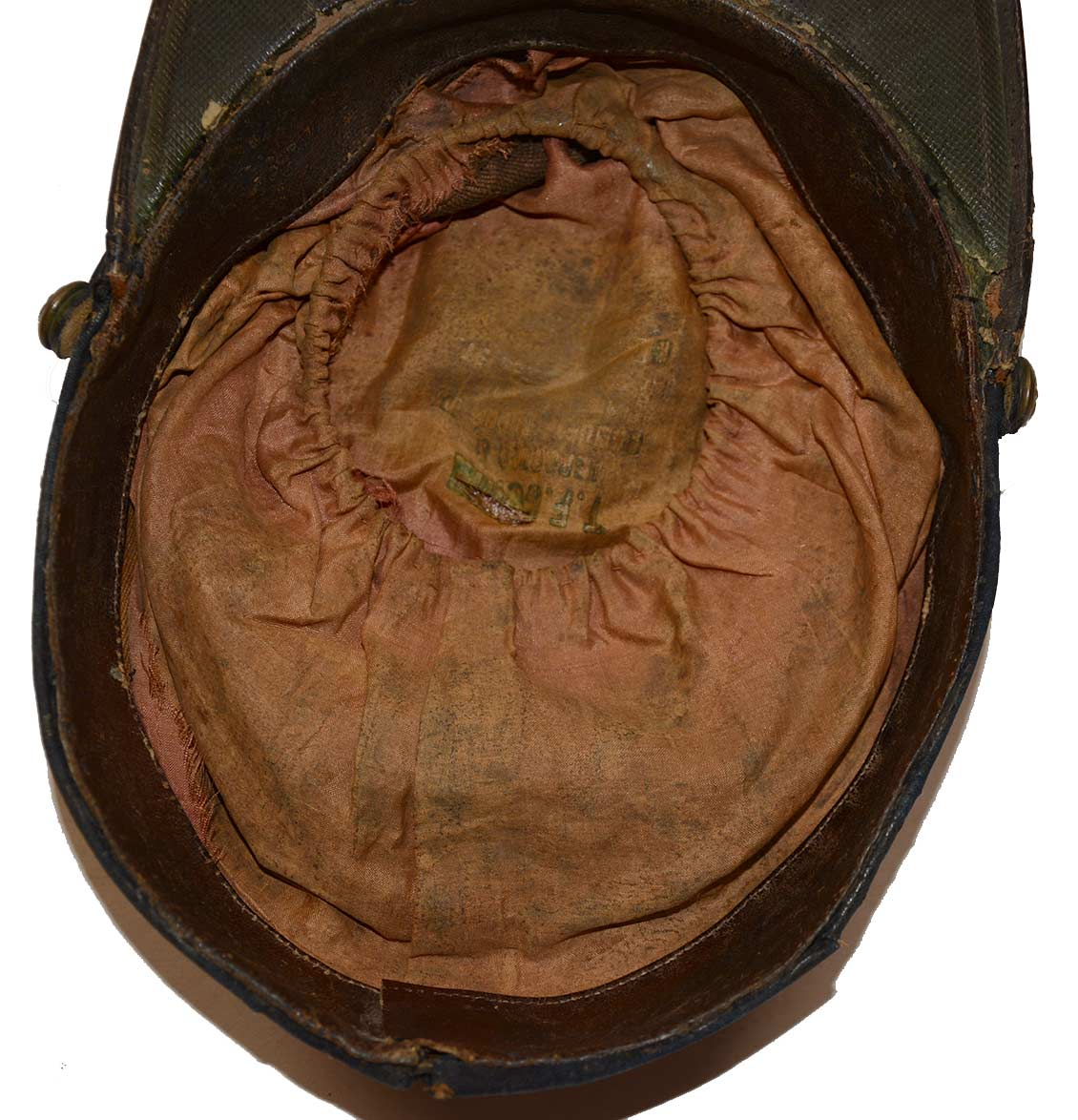
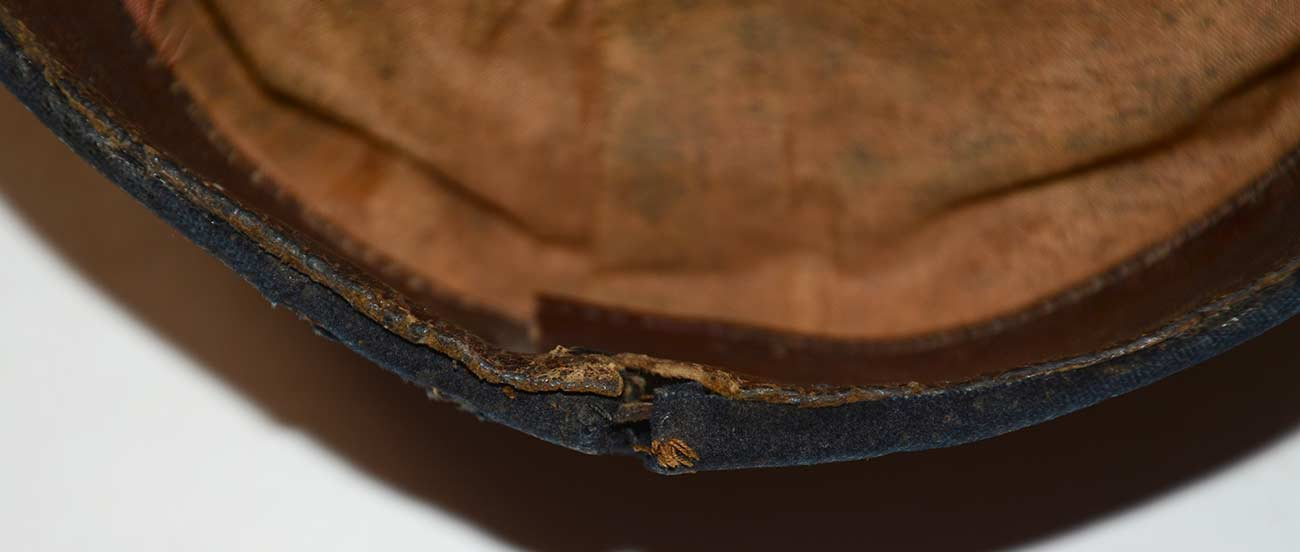
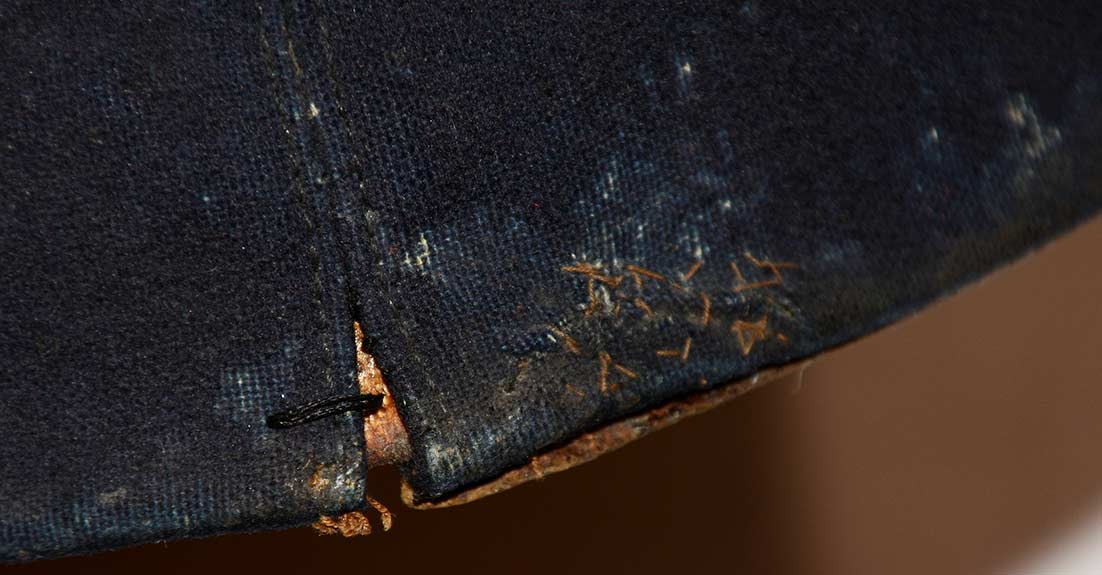
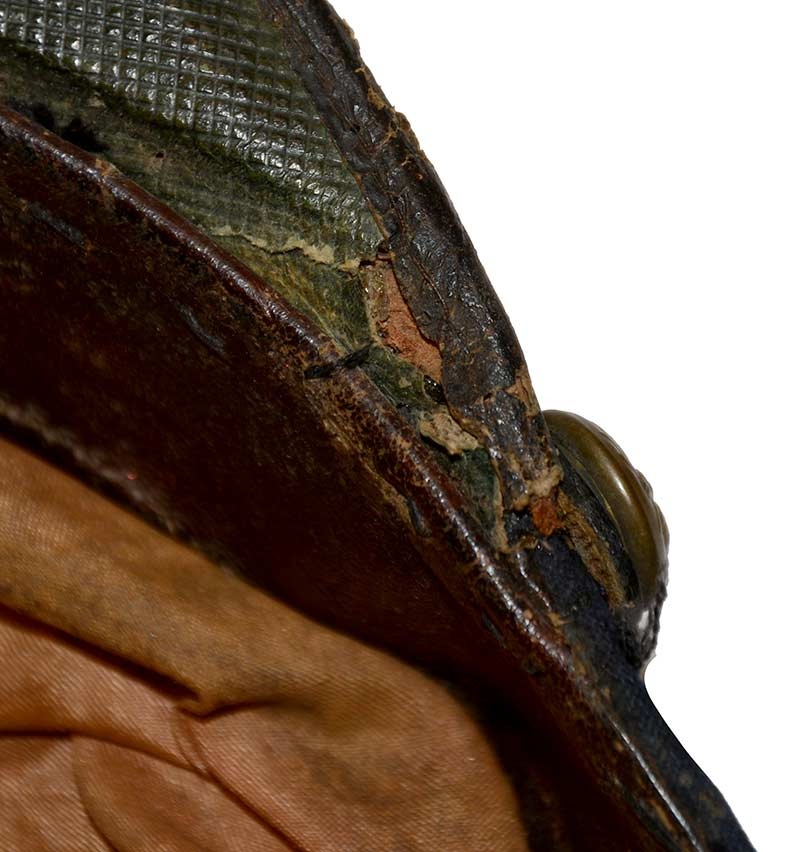
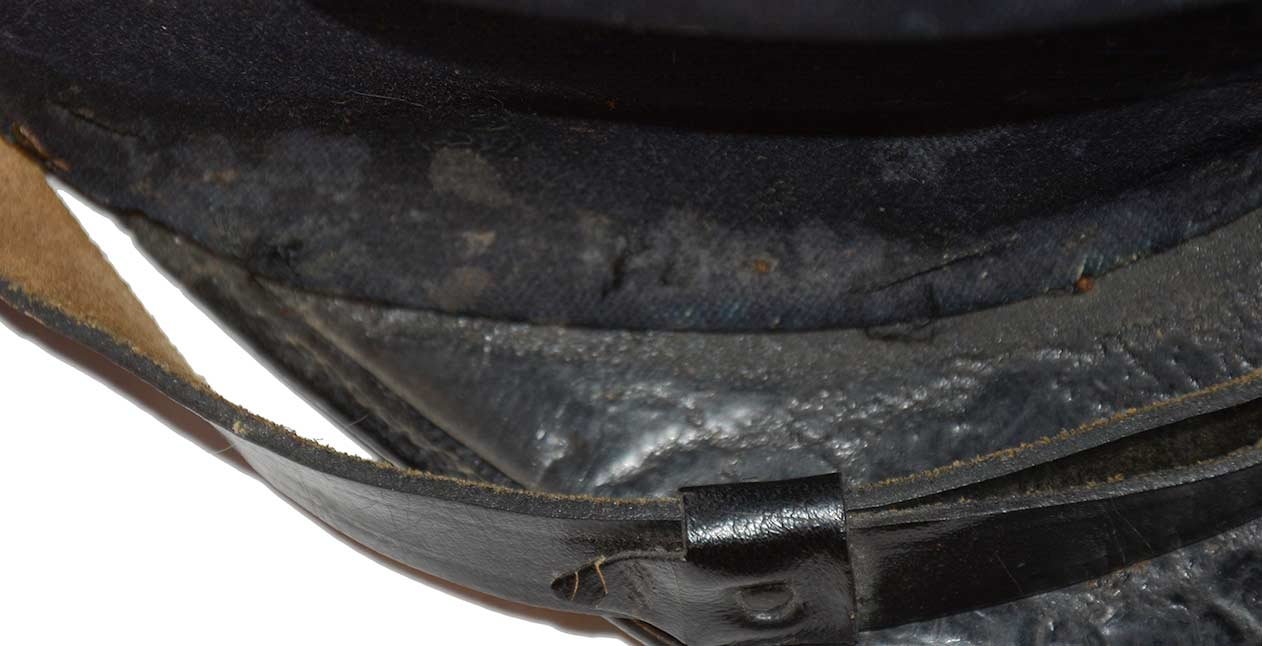
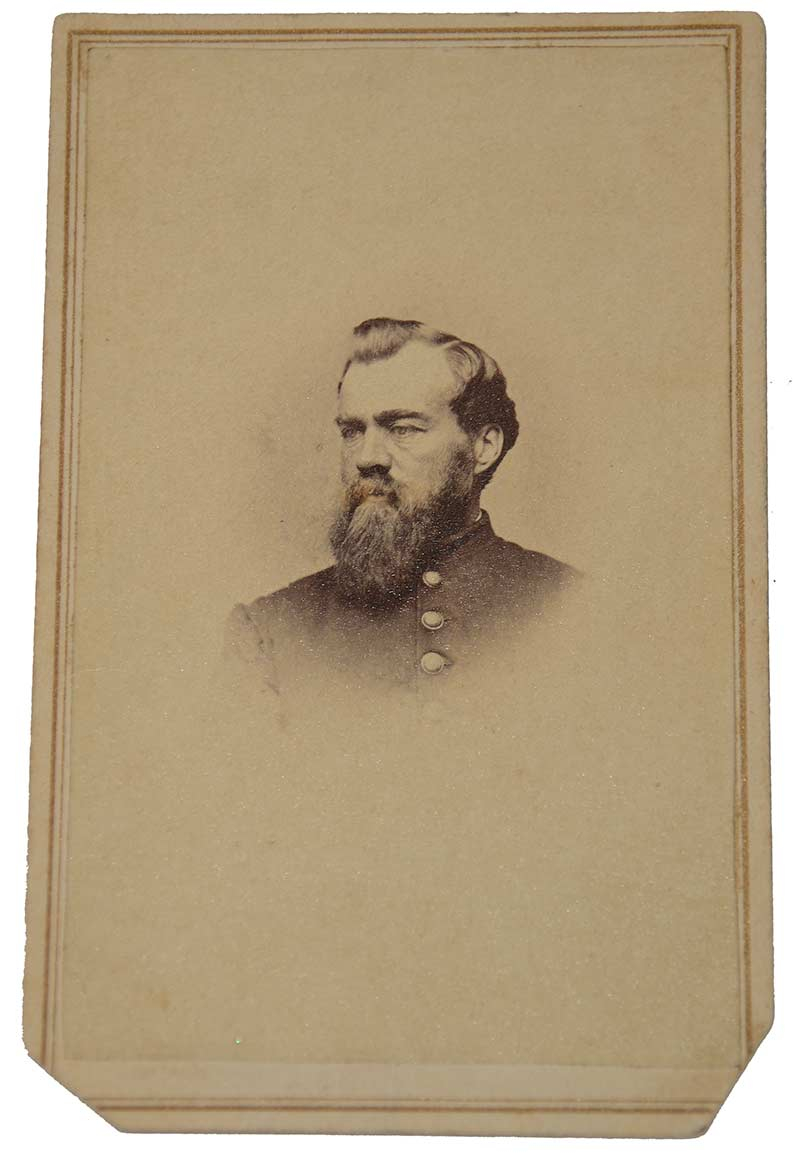
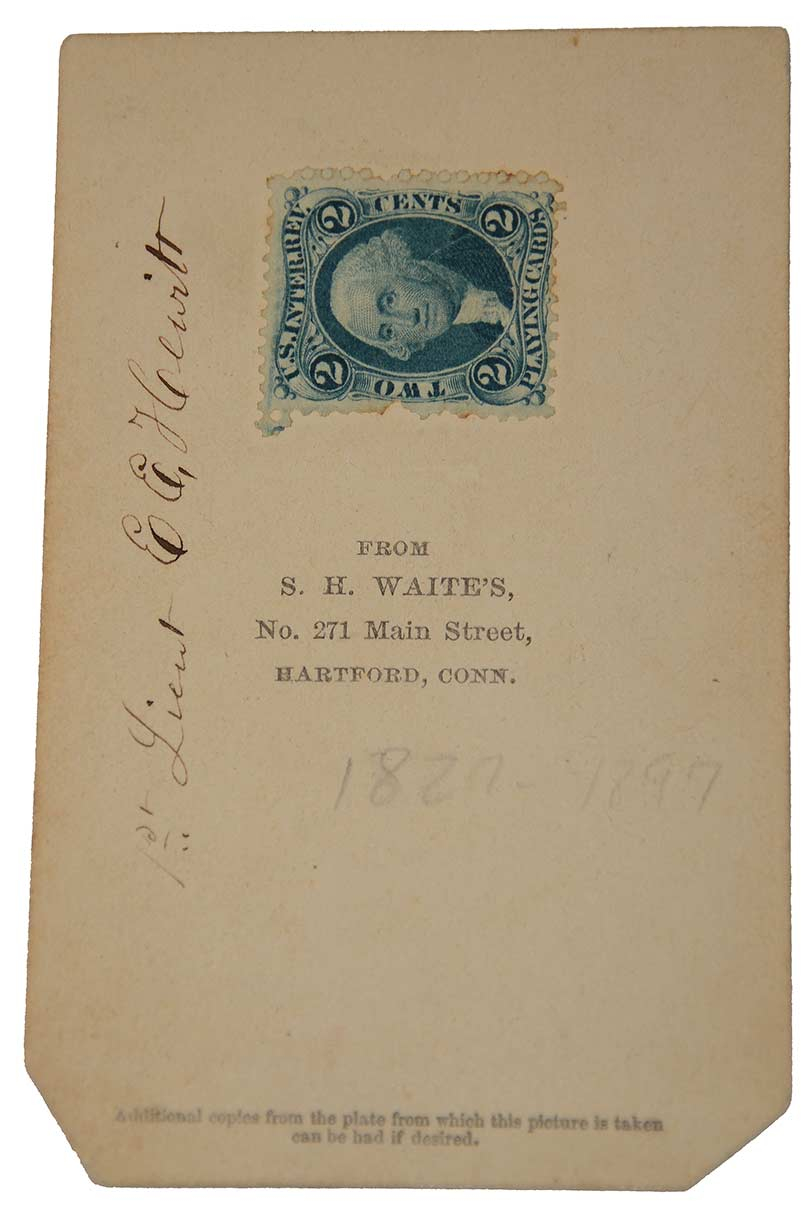
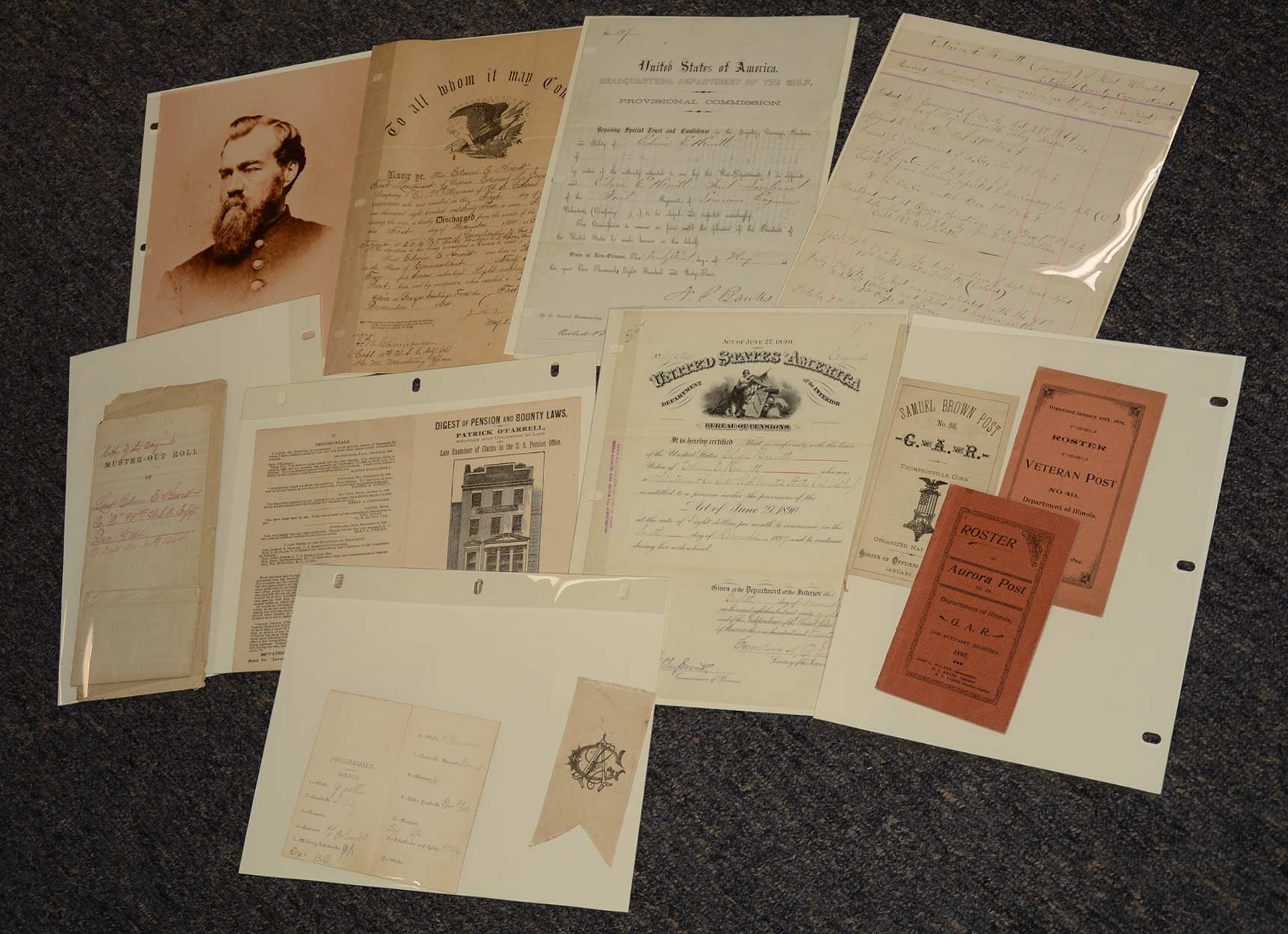
$16,500.00 SOLD
Quantity Available: None
Item Code: 1179-283
This is a fantastic grouping like you don’t see any more and is Engineers to boot. It includes the officer’s cap, made or retailed by a New Orleans clothier, with its engineer officer’s insignia in place, his regulation officer’s coat with straps, vest, officer’s sash and his trousers. Original papers with it include his “provisional commission” signed by General Banks, his muster in and muster out rolls, a hand written record of service, GAR and pension material.
This all belonged to First Lieutenant Edwin E. Hewitt, 1st Regiment of Louisiana Volunteers, also known as 1st Regiment Engineers Corps d’Afrique, one of thirty “Corps d’Afrique” regiments organized in Louisiana by U.S. authorities, and in April 1864 redesignated as the 95th Regiment US Colored Troops. Hewitt was born in Winsted, Connecticut, in 1826 and was a carpenter by trade when he was commissioned directly from civilian life as a First Lieutenant in the regiment at age 37 in 1863. His provisional commission, signed by Banks, is dated May 21, 1863, placing him with the regiment during the siege of Port Hudson.
The regiment had been officially organized at Camp Parapet, La., April 28, 1863, and was attached to 1st Division, 19th Army Corps, Dept. of the Gulf, to August, 1863; Engineer Brigade, Corps d’ Afrique, to October, 1863; and, Engineer Brigade, 13th Army Corps, Dept. of the Gulf, to June 1864, and Colored Brigade, United States Forces, Texas, Dept. of the Gulf, to November, 1864.
They saw action at the siege of Port Hudson, La., May 24-July 8, 1863. Assaults on Port Hudson May 27 and June 14. Surrender of Port Hudson July 9. Sabine Pass Expedition September 4-11. Western Louisiana ("Teche") Campaign October 3-27. Rio Grande Expedition and operations on Coast of Texas October 27-December 2. Arkansas Pass November 17. Expedition against and capture of Fort Esperanza, Mattagorda Island, November 22-30. Duty at Brazos Island, Point Isabel and Brownsville, Arkansas Pass and other points in Texas till November, 1864, when they were consolidated with 87th United States Colored Troops on November 26, 1864, at which point Hewitt was mustered out to date November 30, 1864.
Hewitt’s assignment seems to have been with Company C, as per his discharge, but he was posted with different companies at different locations during his service, including also companies M, H, B, and G, with duty at Port Hudson, Algiers, Camp Parapet, Brazos Island, Boca Chico Pass (where he “put the pontoons in working order,”) Brownsville, and New Orleans, as well as a spell as Deputy Provost Marshall at Point Isabel, etc. (These are laid out in his “military record” in his papers.) After the war he moved to Illinois in 1889 dying at Aurora in 1897. An obituary says he had never fully recovered his health after this wartime service.
The uniform material consists of the following:
UNIFORM CAP: Very nice looking Union officer’s kepi in the McClellan style with inset top and fairly tall sides allowing for a larger size officer’s insignia on the front, in this case an embroidered bullion wreath on a dark blue velvet oval patch and false embroidered Engineer’s castle in the lower center, all nicely and evenly age toned, showing wear in the field. The cap has some scattered tiny thin whitish spots on the front and sides where the very dark blue nap of the cloth was taken by a moth bite, but the underlying fabric is still present. These could be colored, but are not obtrusive and the cap displays very strongly. The chinstrap is in place, secured by eagle-I buttons. The flat bound visor is firmly in place. The interior shows wear and staining from use, but is very good. The sweatband is present and complete. Some stitches have popped along the front but it is firmly in place. The interior was lined in the red silk, now a light pink with soiling from wear and perspiration. The underside of the top has a separate round lining, partially detached, bearing an embossed maker or dealer’s logo. This is rubbed has a narrow tear but the top two lines are legible: “ T.F. GUION / IMPORTER & / ….” This is Thomas F. Guion of New Orleans, in business at 20 St. Charles Street from 1841 to at least 1869, selling gentleman’s furnishings, as well as guns and sporting goods.
COAT: Regulation line officer’s nine-button single breasted dark blue frock coat. First lieutenant embroidered bullion shoulder straps with dark blue velvet ground in place on each shoulder with just the jaceron border wire loose on the rear edge of the left strap. All buttons are in place, U.S. staff, nine on front, three on each functional cuff, and four on rear waist and tails. Pockets in tails of coat and single interior pocket in left breast. Stand-up collar lined in black velvet, oxidized slightly to brown, with hanging loop. Interior is quilted with green silk, sleeves lined in white fabric. Condition is excellent. No moth damage. Minor rubs from wear in lining, at cuff edge, etc.
TROUSERS: Dark blue. Adjusting belt and buckle at rear. No rear pockets. Watch pocket and side pockets, the latter “frog” style with button closure at upper rear at seam. Fabric is heavy weight and excellent overall with good color. Only moth nips are small bites just under the button-fastened fly. Only lower fly button present with short tear to fabric behind it. One upper waist button there, as well as four of six suspender buttons at waist, some showing restitching. All four black enameled metal, of two different patterns, likely period replacements by Hewitt. The trousers were obviously worn. The inside upper waist band and short lower extension present. The left pocket was obviously replaced and the right pocket had a large patch sewn to it. The rear edge of the left pocket below the button flap shows a short bit of period sewing closing a tear. One of the buttons is present inside the cuff of the left leg for the strap running under the boot or shoe. The others are missing, but the thread shows. Both cuffs had a reinforced 1.5 inch slit at the seam. On the left this has opened up, with no fabric missing, but the seam has popped for one inch above it as well. The trousers do not appear to have had cording or piping.
VEST: Dark blue, low standing collar, fastened with nine small staff buttons. Three exterior pockets. Lined in white with polished cotton back and adjusting belt with buckle, light brown in color. Back with two wear spots between lower edge and adjusting belt, one at right rear, the other center left. Half dozen small moth holes lower left lapel at second button. Four or five scattered small nips on wearer’s left front.
SASH: Crimson silk officer’s sash. Good color (many have shifted to a purple.) One small hole just above the knot on one end, a few small holes or short runs elsewhere, some soiling. Very minor rubbing to the high points of the knots and tassels as they pass over the wood core moulds. Very solid and would display very well on the coat if desired.
DOCUMENTS, PHOTO ETC.: Group includes CDV bust view of Hewitt signed reverse as 1st Lt. (with modern enlargements.) His “provisional commission” signed by General Banks with a cover letter from the colonel of the 1st Engineers Corps d’Afrique. His muster in and muster out rolls, and his discharge. Also, a handwritten “military record” detailing assignments from his commission to his return to his company on 9/22/1864. (A last page seems to be missing.)
Related documents include pension and bounty claim agent brochure, 1898 widow pension claim certificate; Roster for Post 49 Elgin Ill and Post 56 CT; Aurora Post 20 GAR (Illinois) 1895 and 1896 rosters, 1897 resolution of condolence. 1890 clam banquet invitation (separated at fold line) jointly hosted in Taunton, Mass., by a Mass post and the Aurora post. Dance card Aurora Light Guard; GAR book mark; pension agent flyer. Also, a very interesting 1850 certificate for an “Electrical Psychology” class at Fair Haven, enabling him to pass on the various secrets imparted, for a fee, after a period of time (presumably to prevent competition in the marketplace for such things.)
This is a wonderful grouping that displays very well and is historically important in its connection to black regiments raised during the war and also to the importance Banks placed on engineers in his campaigns, a necessity in dealing with the inland waterways of Louisiana and his efforts along the coast of Louisiana and Texas. [sr][ph:L]
~~~~~~~~~~~~~~~~~~~~~~~~~~~~~~~~~~~
THIS ITEM, AS WITH ALL OTHER ITEMS AVAILABLE ON OUR WEB SITE,
MAY BE PURCHASED THROUGH OUR LAYAWAY PROGRAM.
CLICK HERE FOR OUR POLICIES AND TERMS.
THANK YOU!
Inquire About EXTENSIVE UNIFORM GROUPING AND ARCHIVE OF LIEUTENANT E.E. HEWITT, ENGINEERS, INCLUDING HIS McCLELLAN STYLE CAP WITH ENGINEER INSIGNIA
Most Popular
Historical Firearms Stolen From The National Civil War Museum In Harrisburg, Pa »
Theft From Gravesite Of Gen. John Reynolds »
Selection Of Unframed Prints By Don Troiani »
Fine Condition Brass Infantry Bugle Insignia »
Large English Bowie Knife With Sheath 1870’S – 1880’S »
Imported (Clauberg) Us Model 1860 Light Cavalry Officer's Saber »
featured item
THEFT REPORTED AT AUTUMN GETTYSBURG SHOW
A vendor at the Autumn Gettysburg Civil War show held at the Allstar Events Complex on Oct. 28-29 reported that a Maryland sword belt plate valued at $3500 was stolen from a display case on Sunday afternoon. The Gettysburg Times published a… . Learn More »


